Thornham
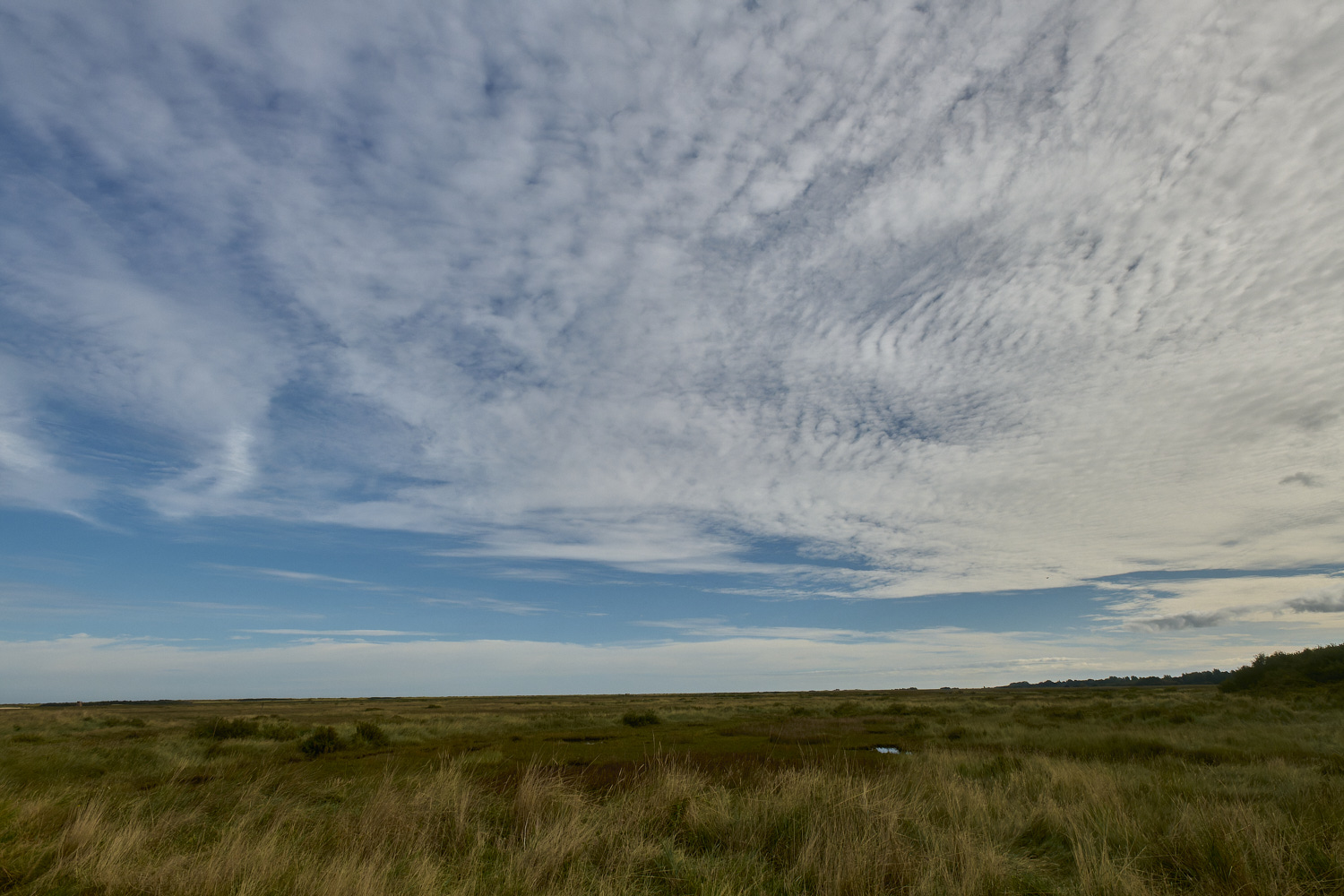
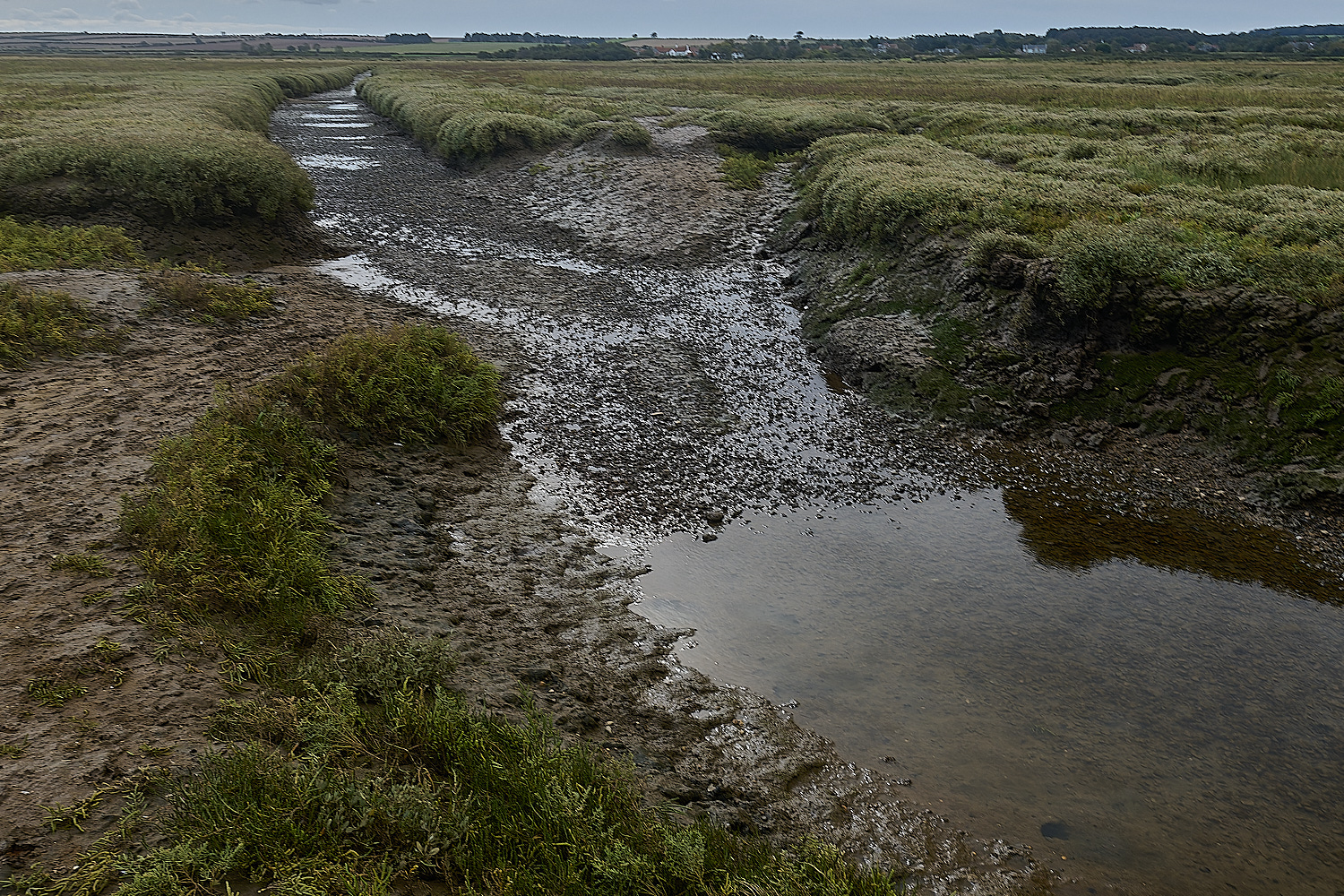
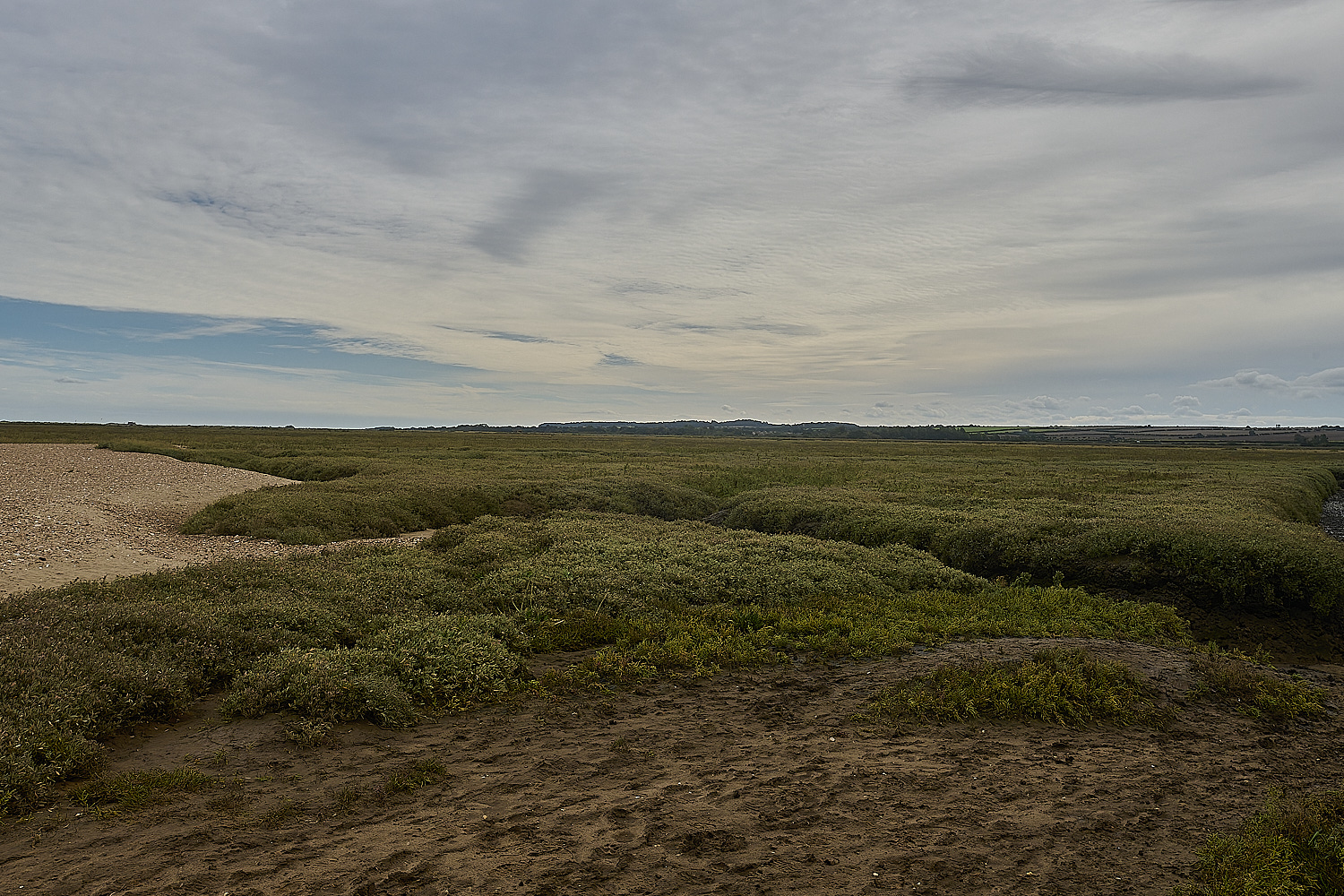
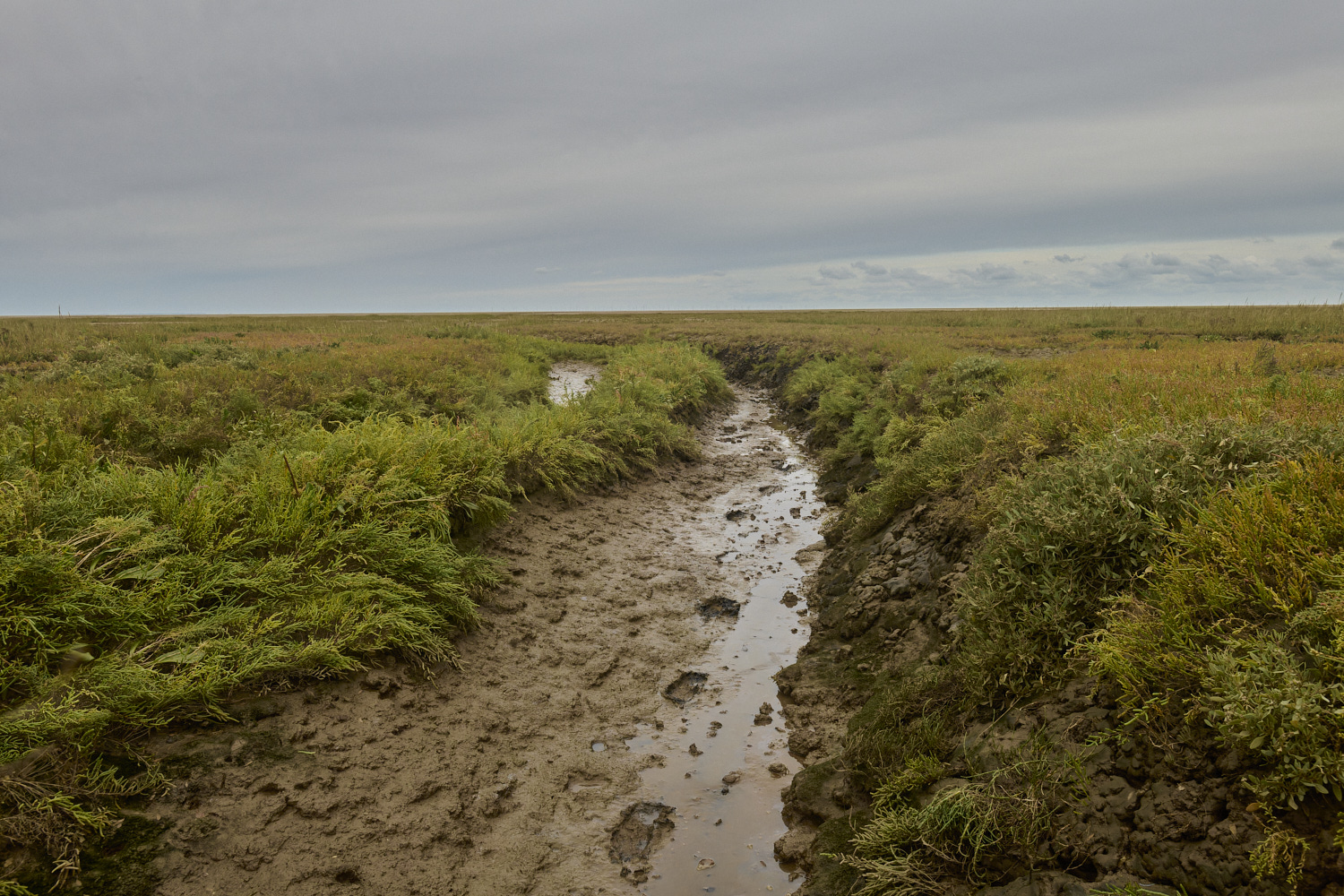
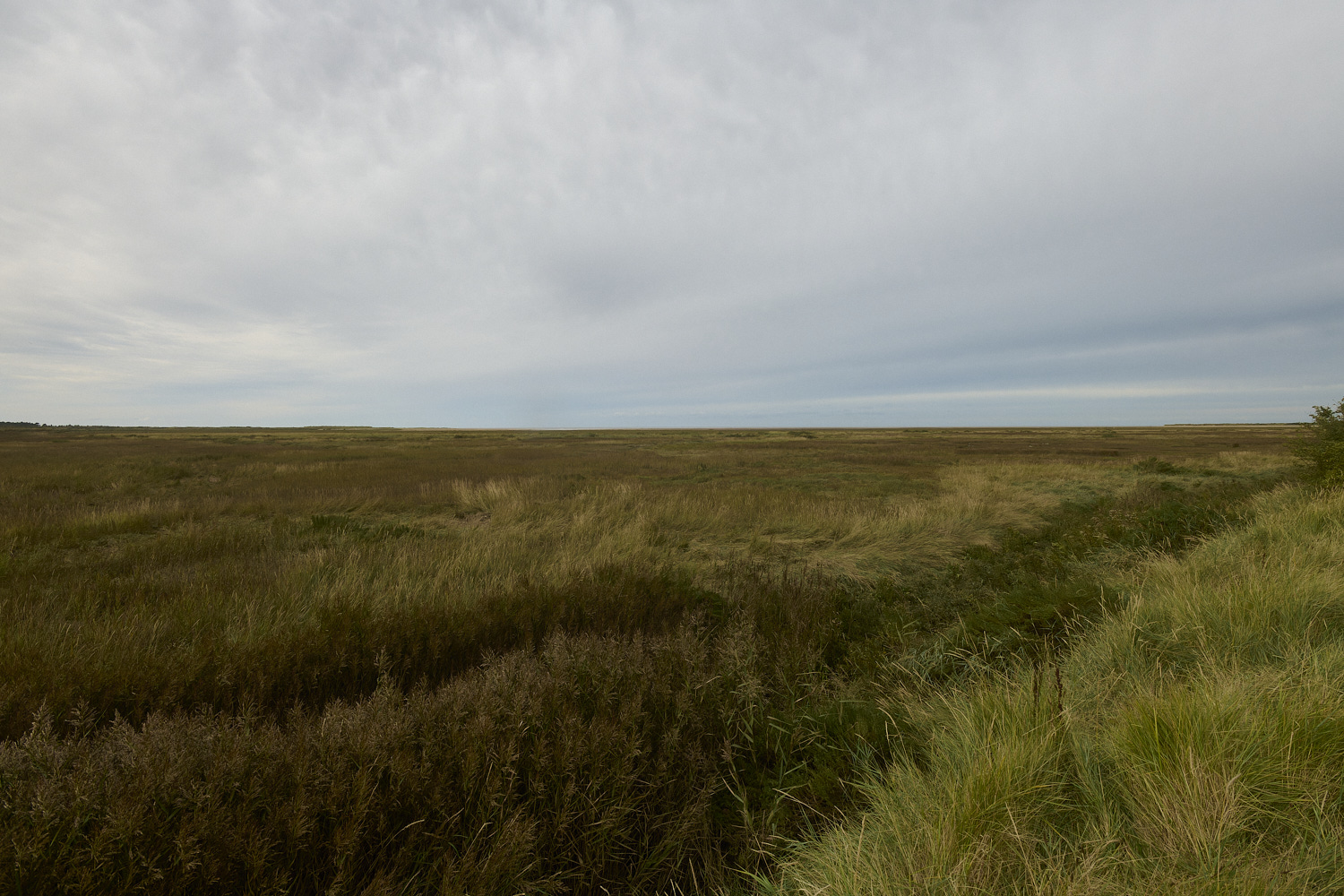


Annual Sea-blite (Sueda maritima)
An initial foray into the world of Glassworts
Glasswort? Over a thousand years ago glassmakers discovered that by adding the ashes of burned
vegetation they could produce the quality of the glass they produced. Quite how they eventually arrived
at using the plant we now know as glasswort, I guess remains a mystery. It is actually the Potash or Potassium oxide
contained in the ashes of the plant which is used in making glass and soap.
But Kelp was also used in the same way and there was a huge recorded industry in Scotland between about 1750 & 1820
There are nine species of Glasswort to be found at Thornham
Some were quite straight forward but others less so.
Corrections and additions always welcome.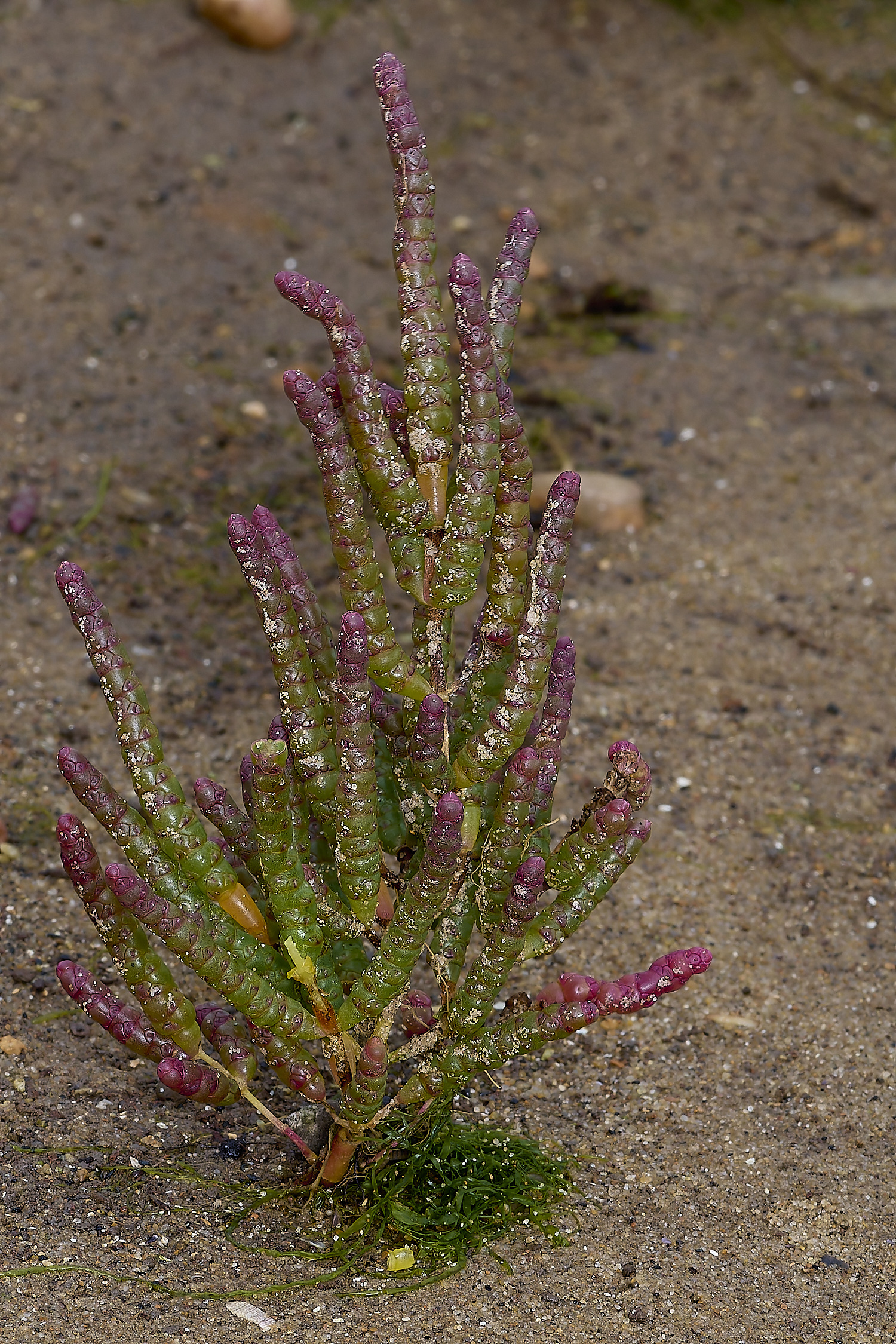
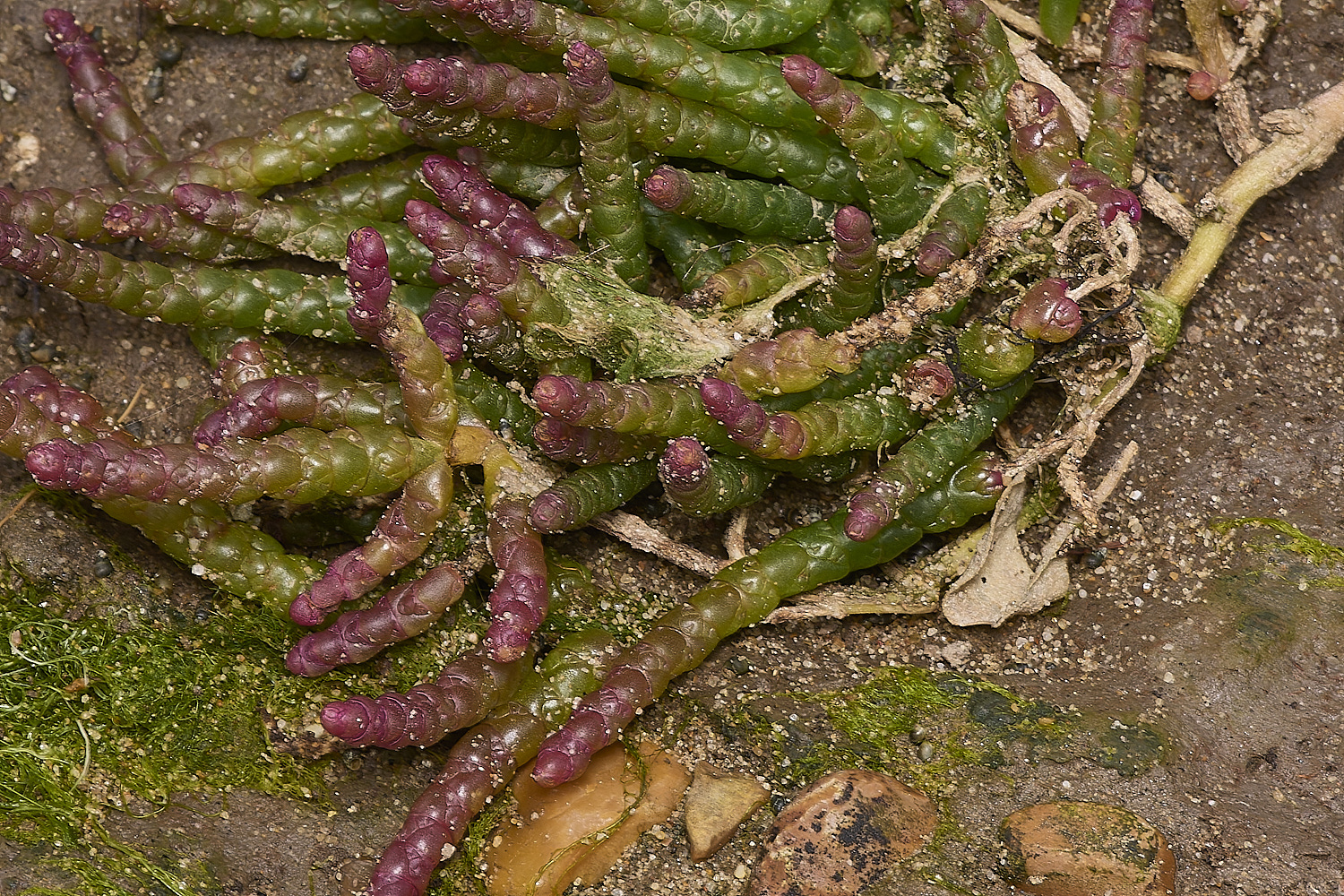
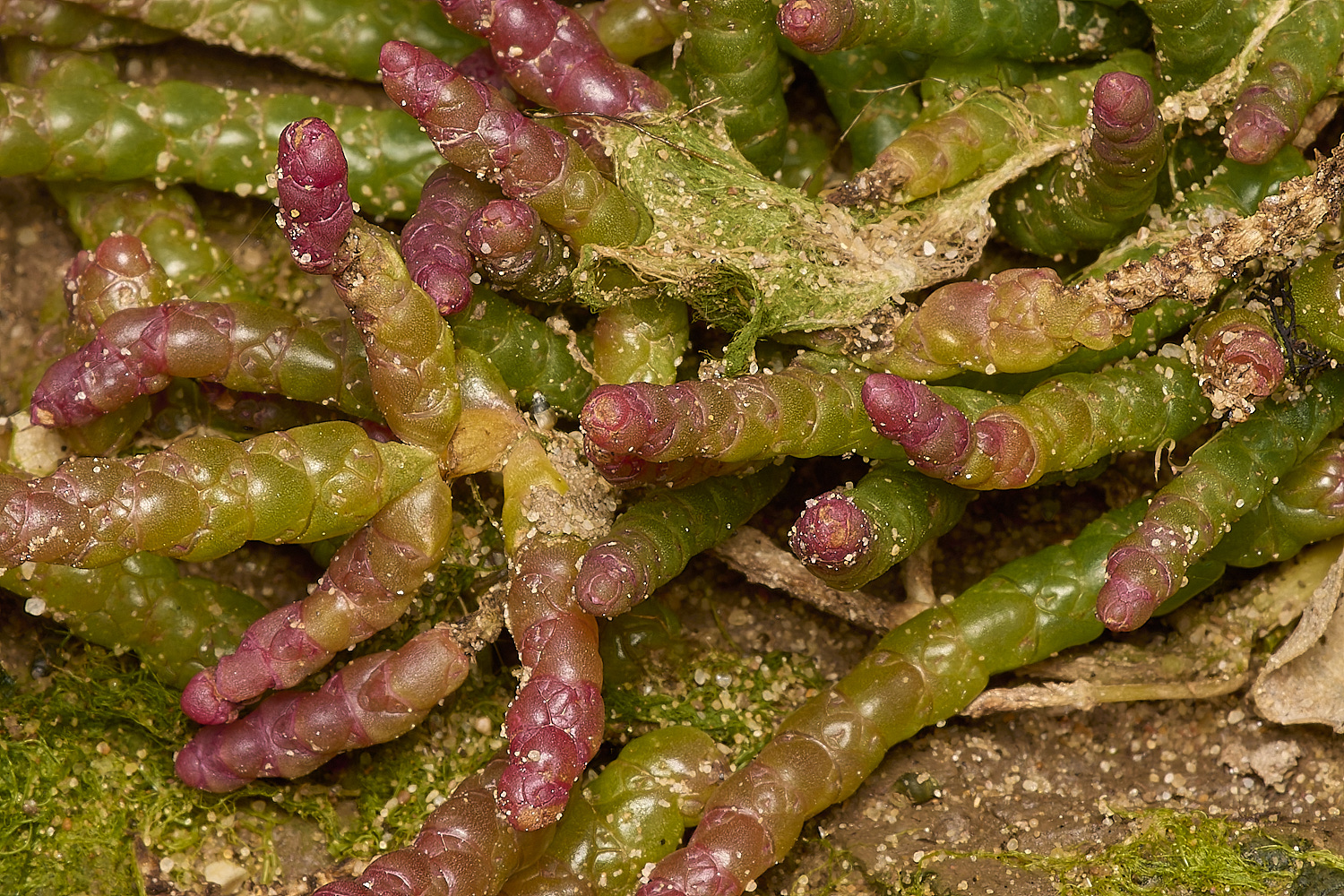
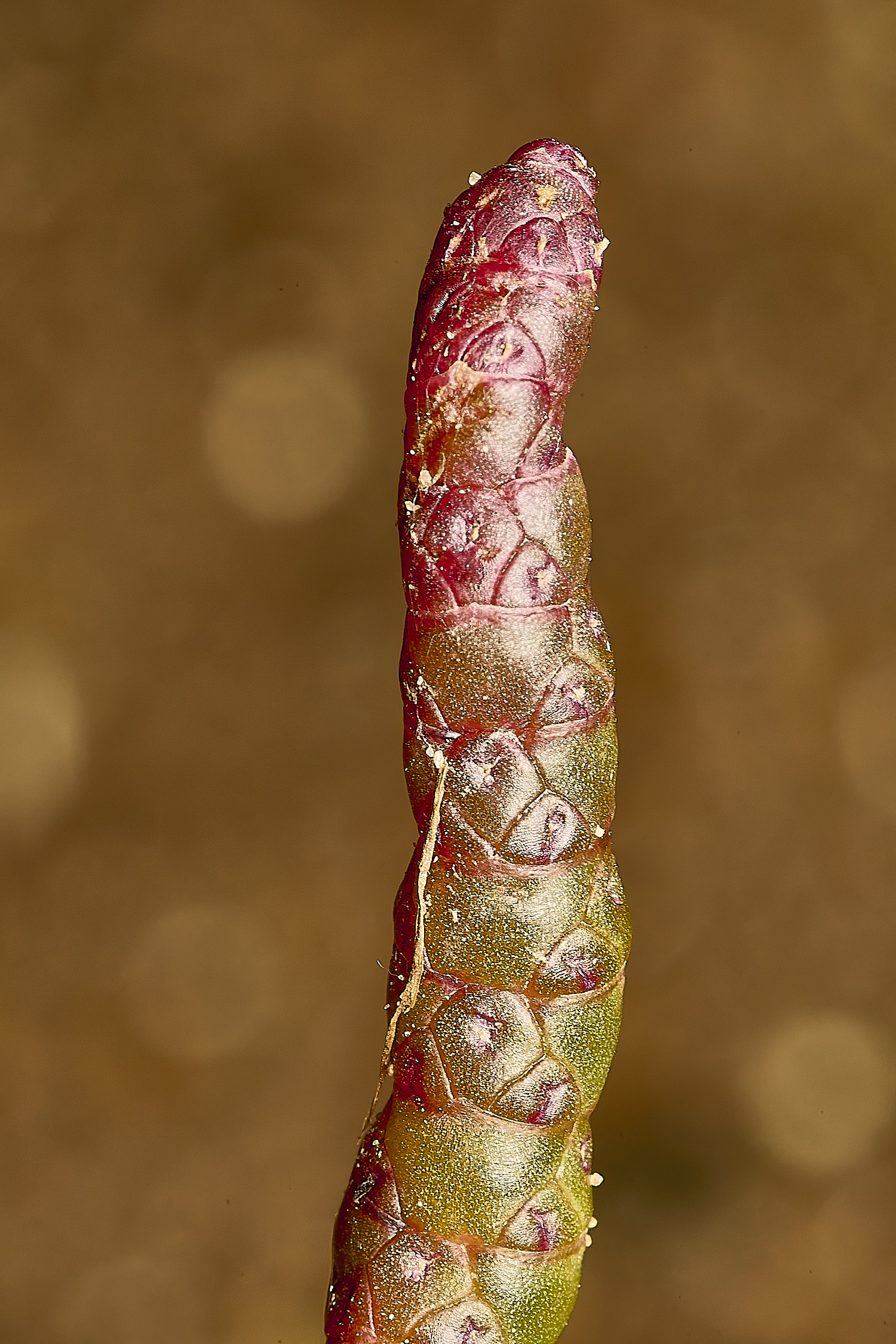
Salicornia Sp?
One found early on in the quest that wasn't identified.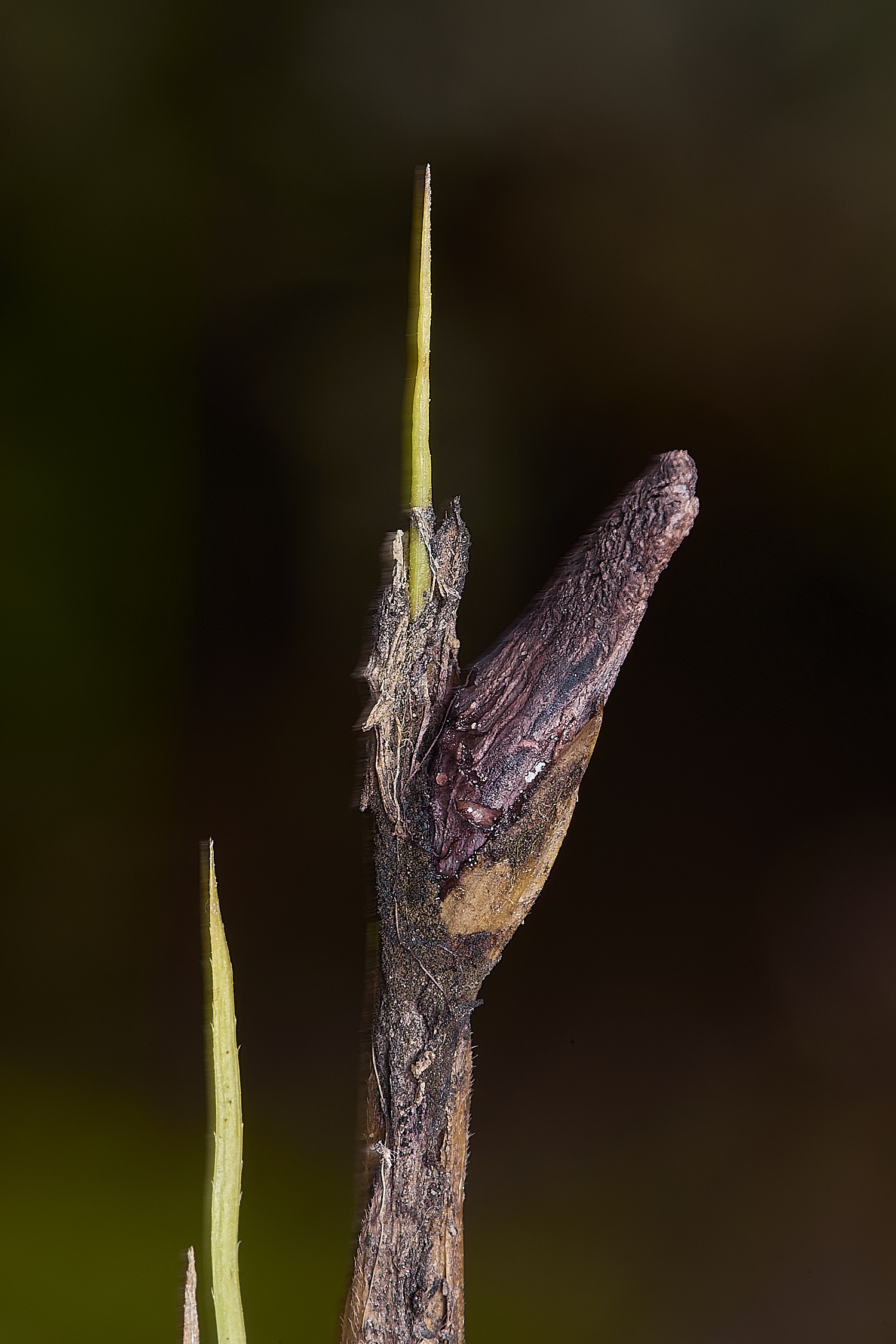
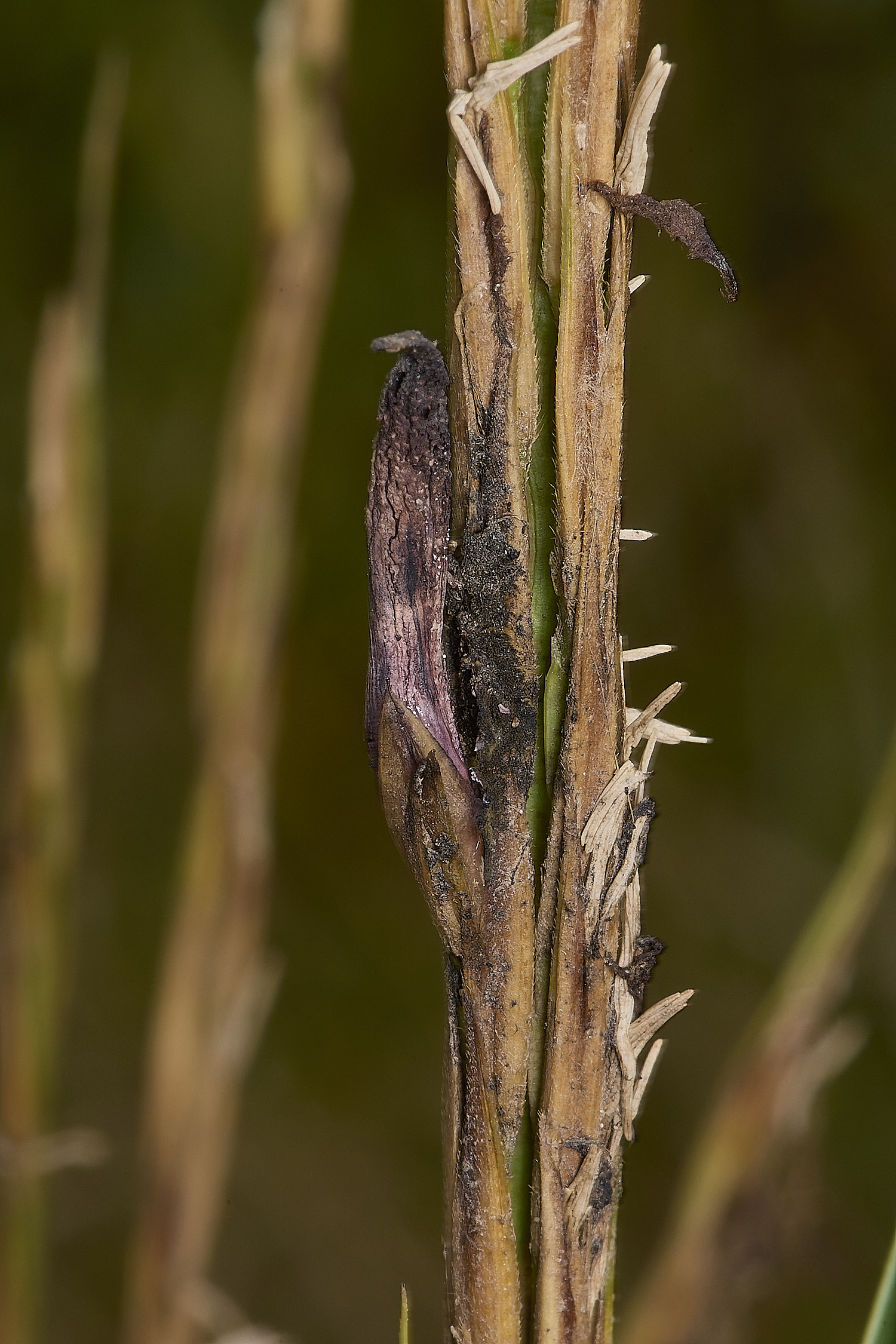
Ergot (Clavicepes spartinae) on Spartina (Spartina anglica))
from
CalNemo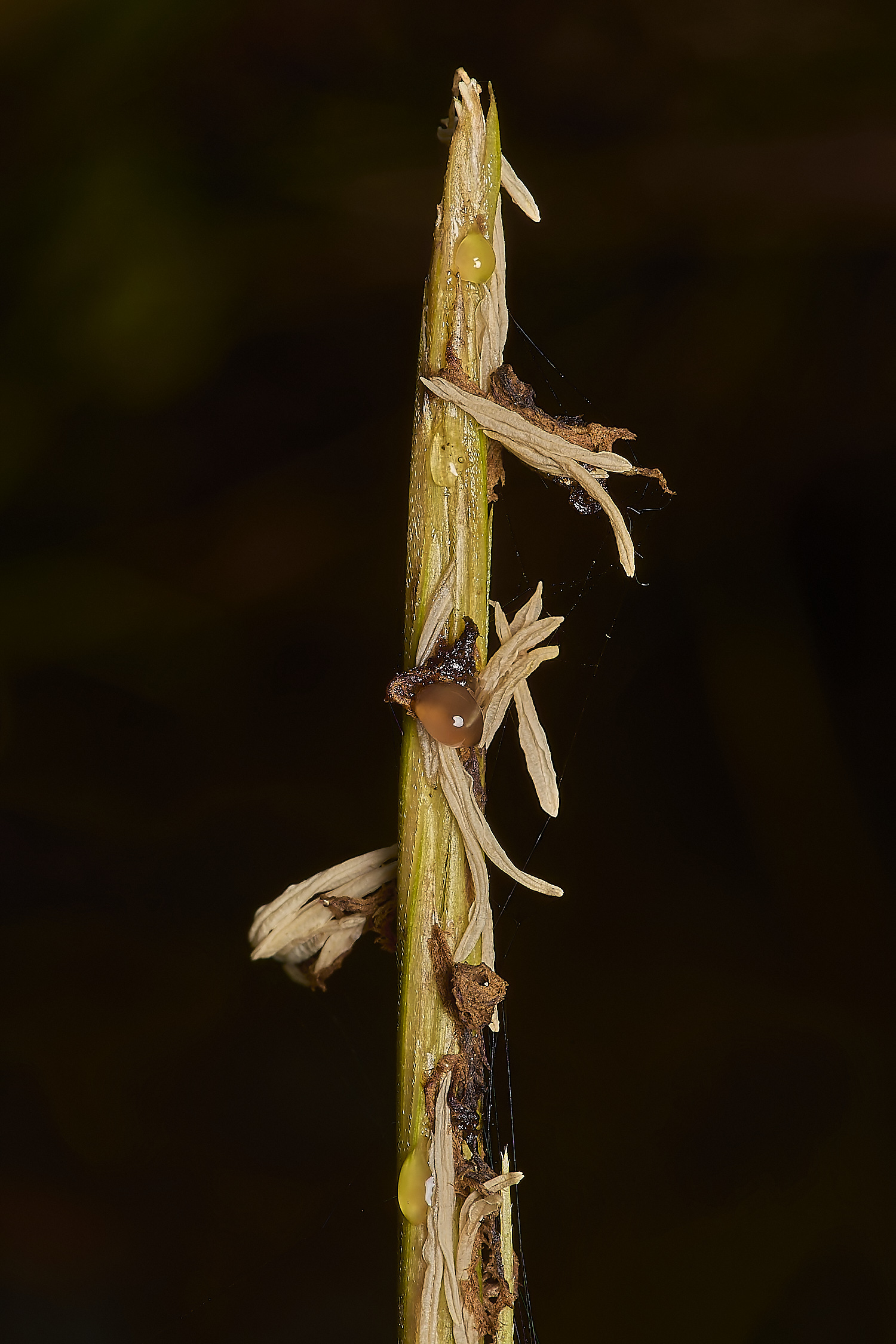
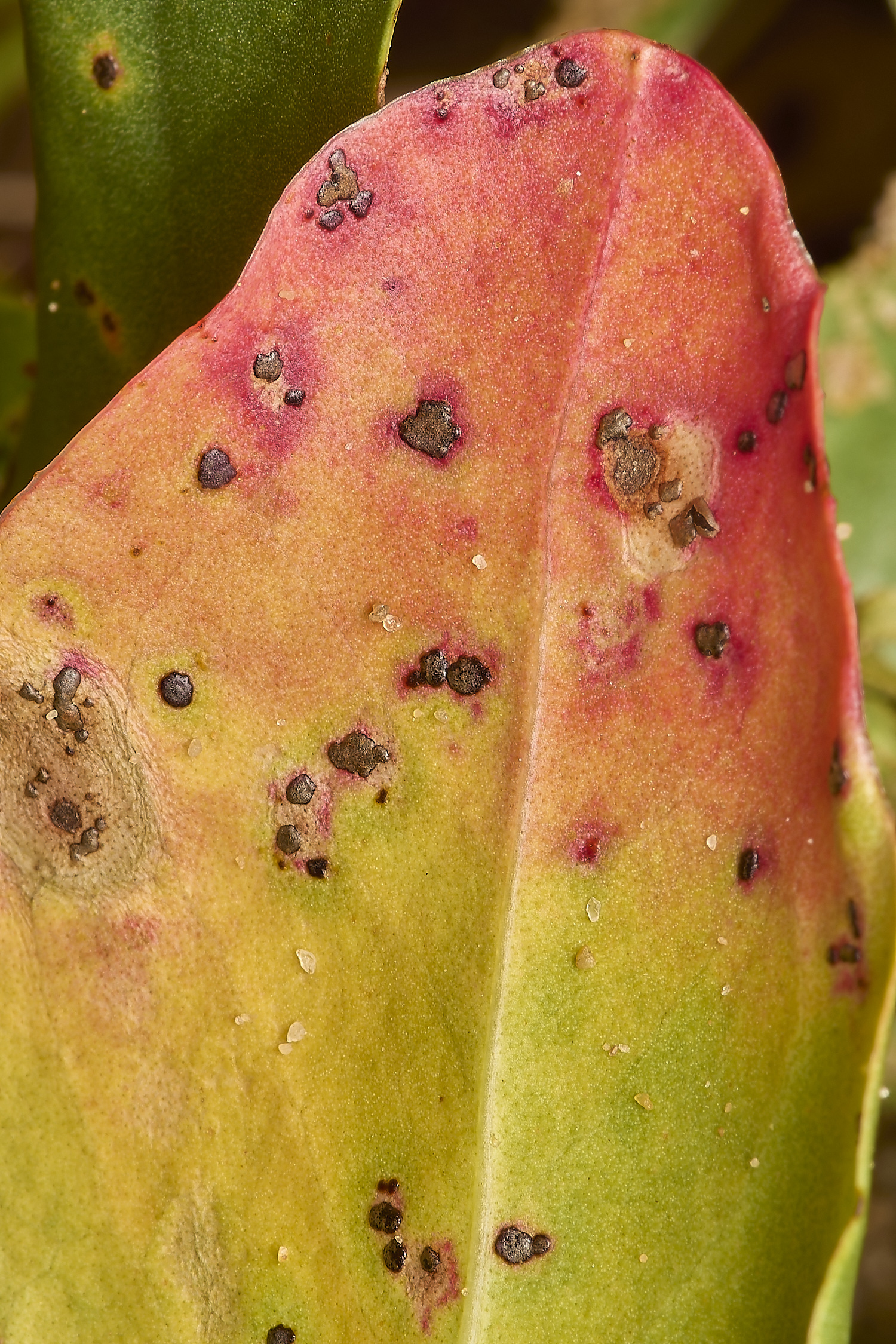
Rust (Uromyces limonii) on Sea Lavender 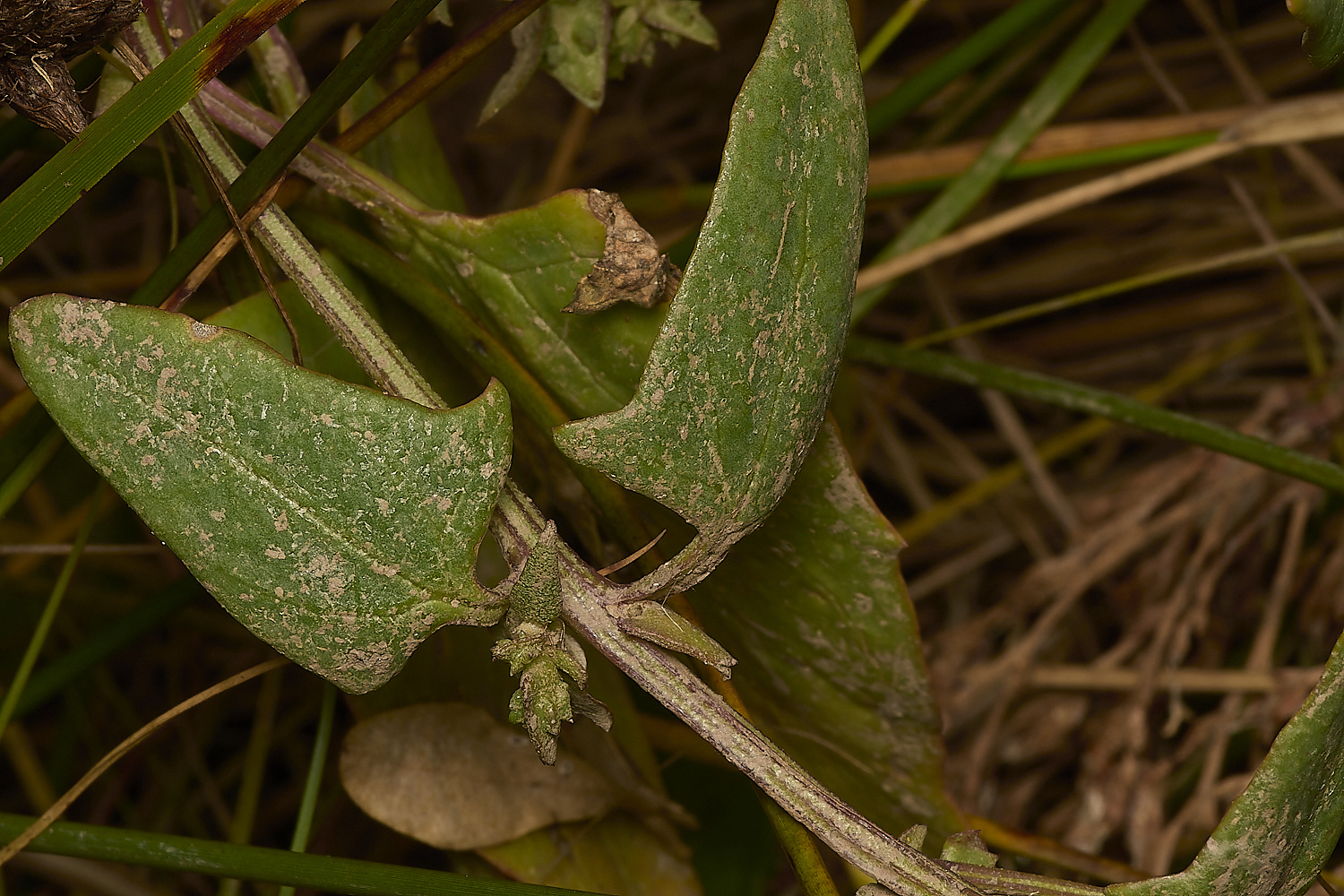
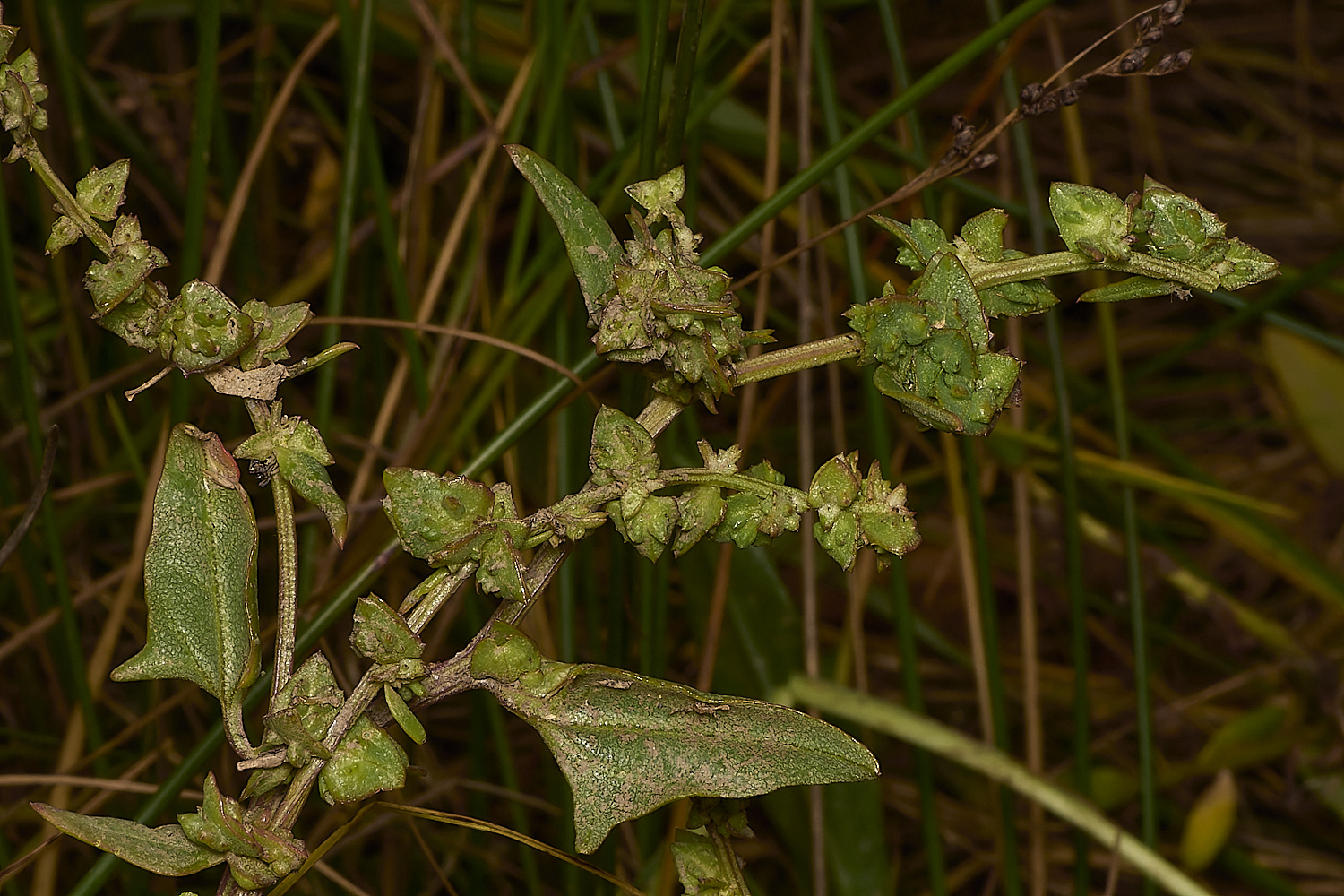
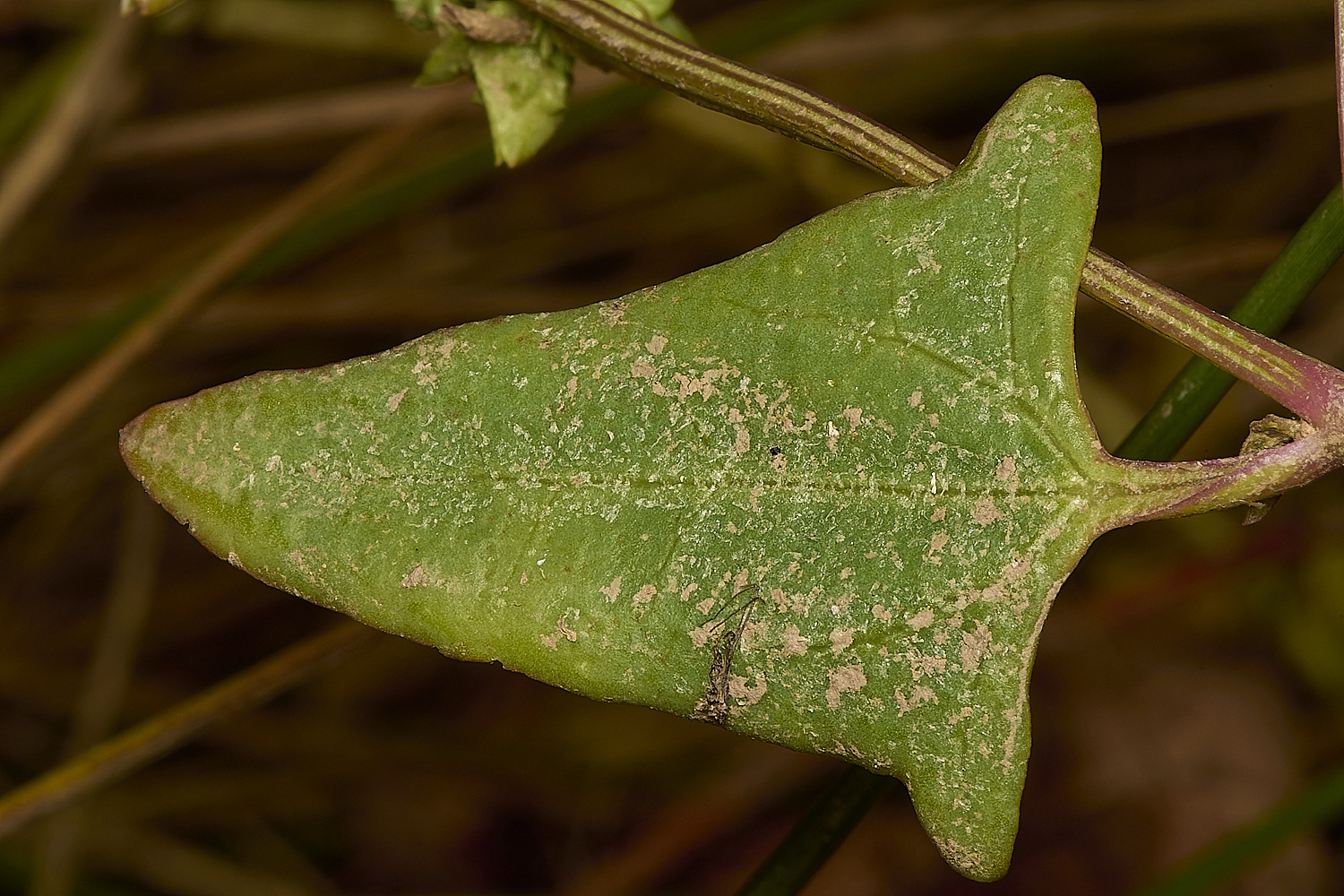
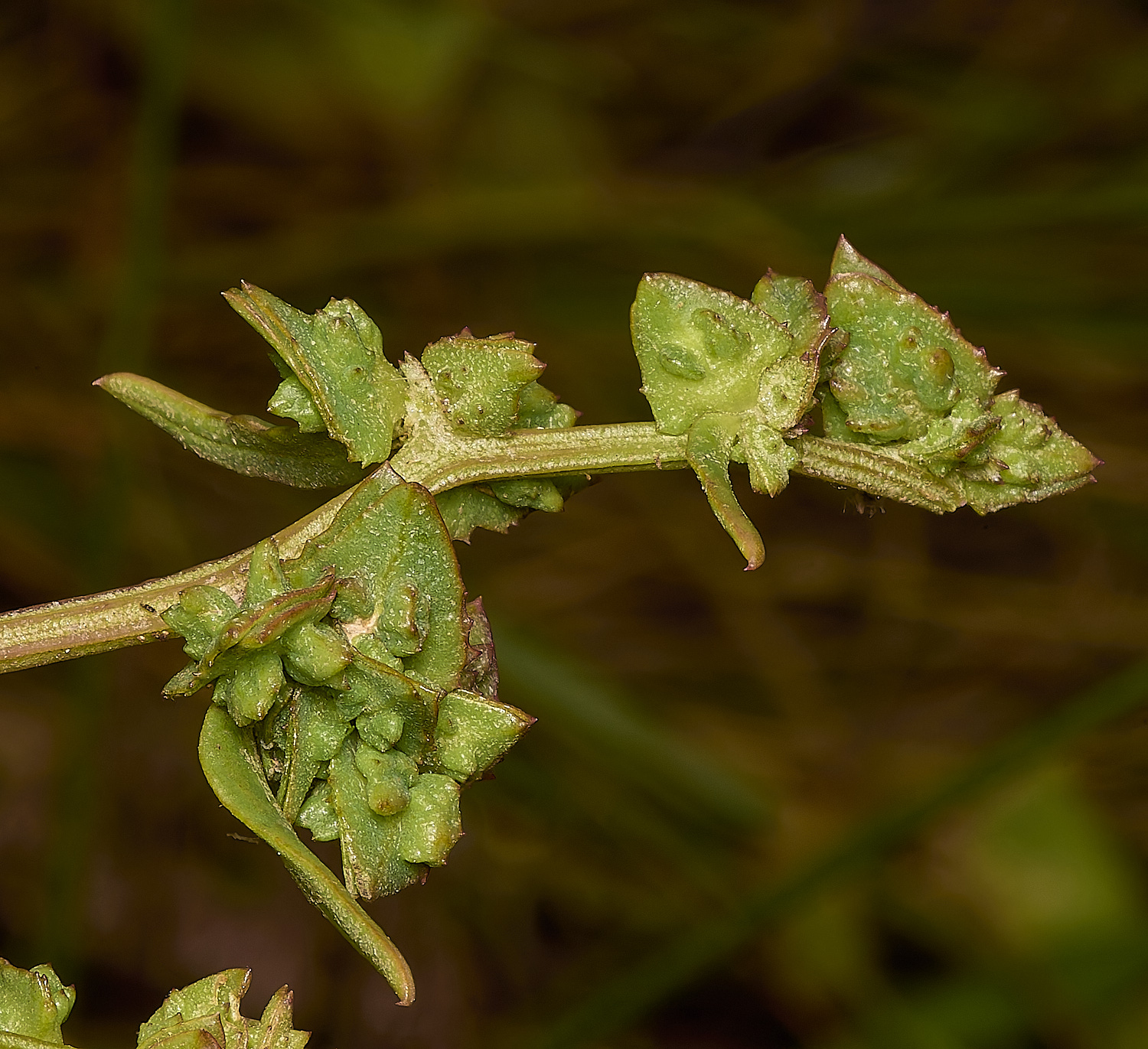
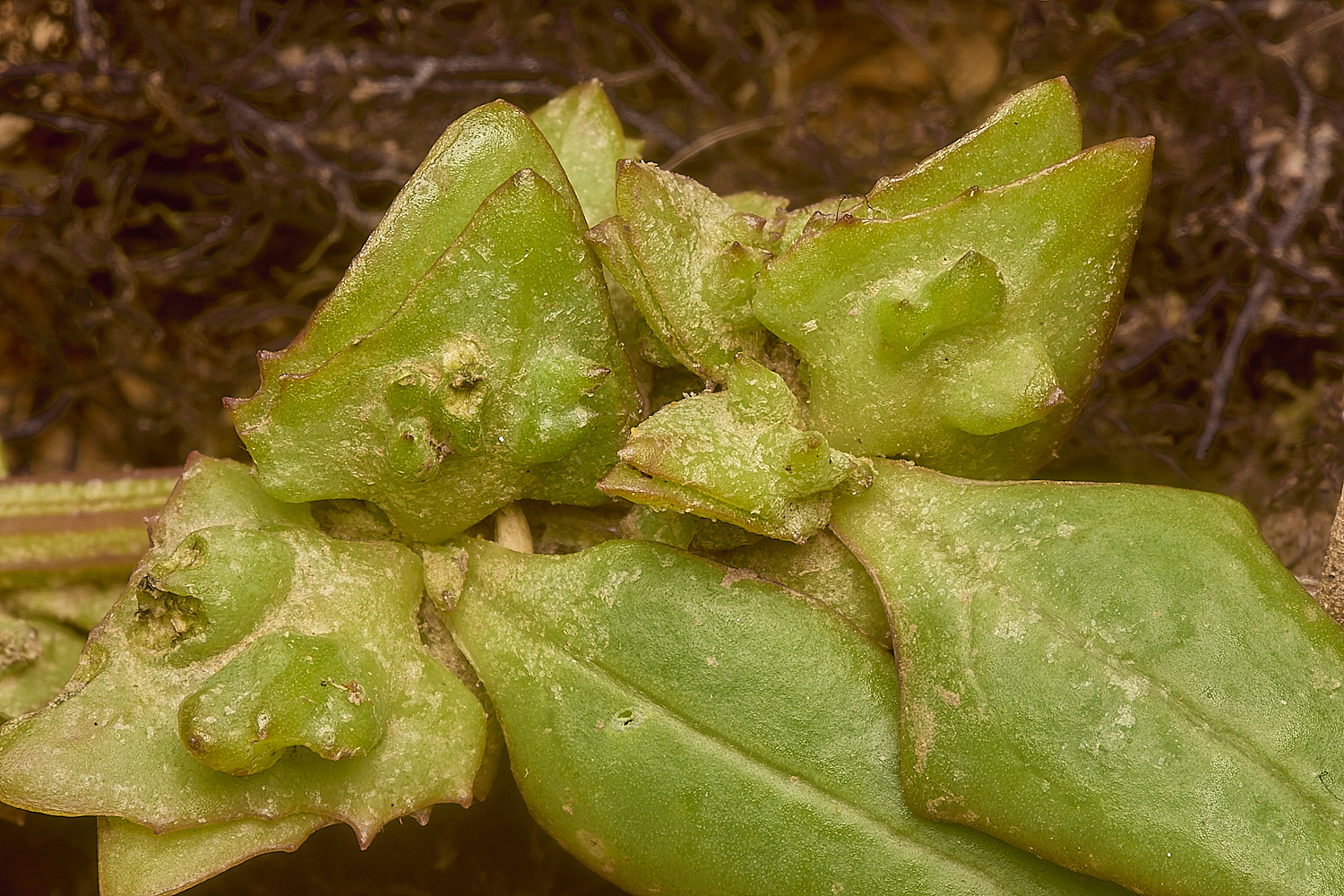
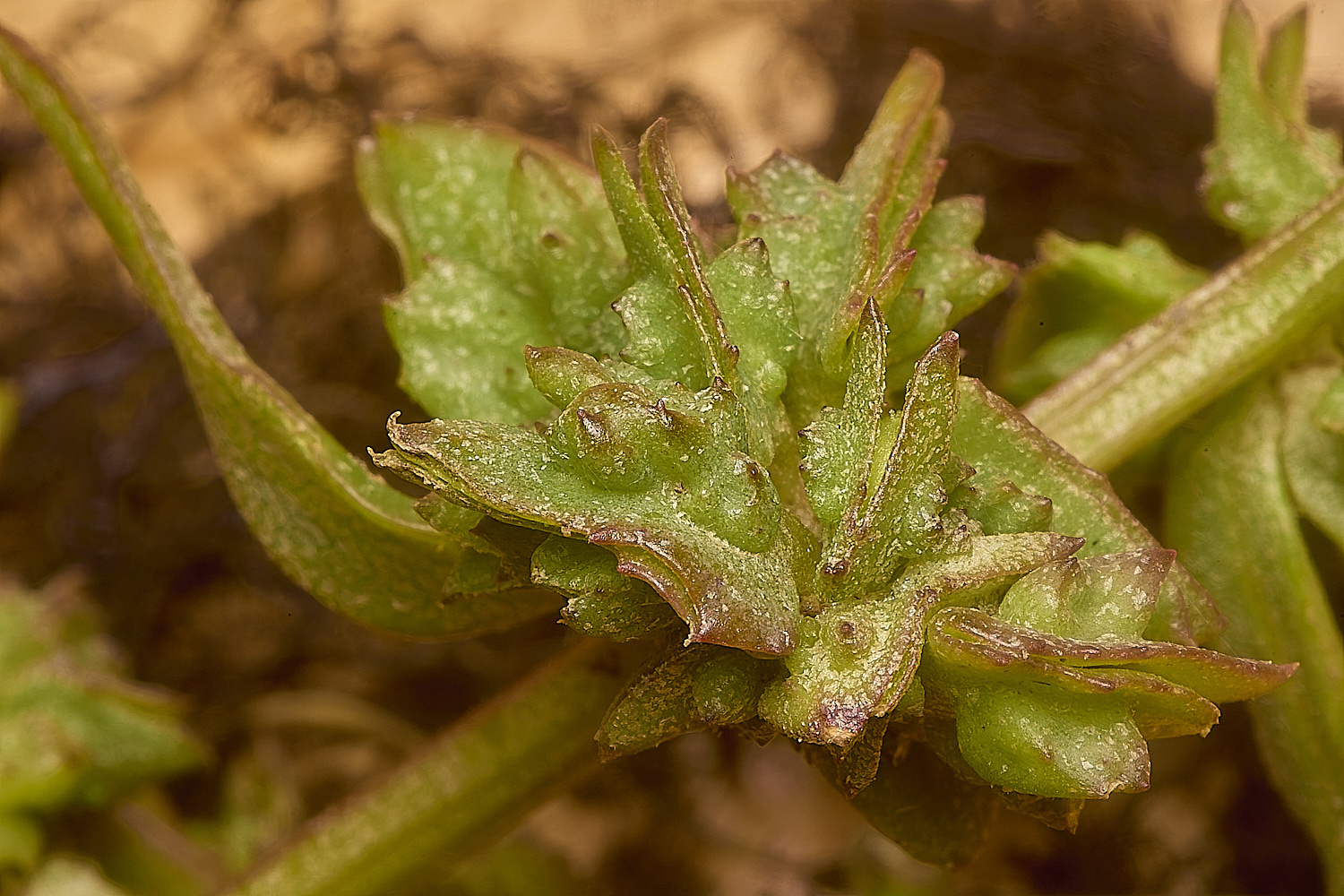
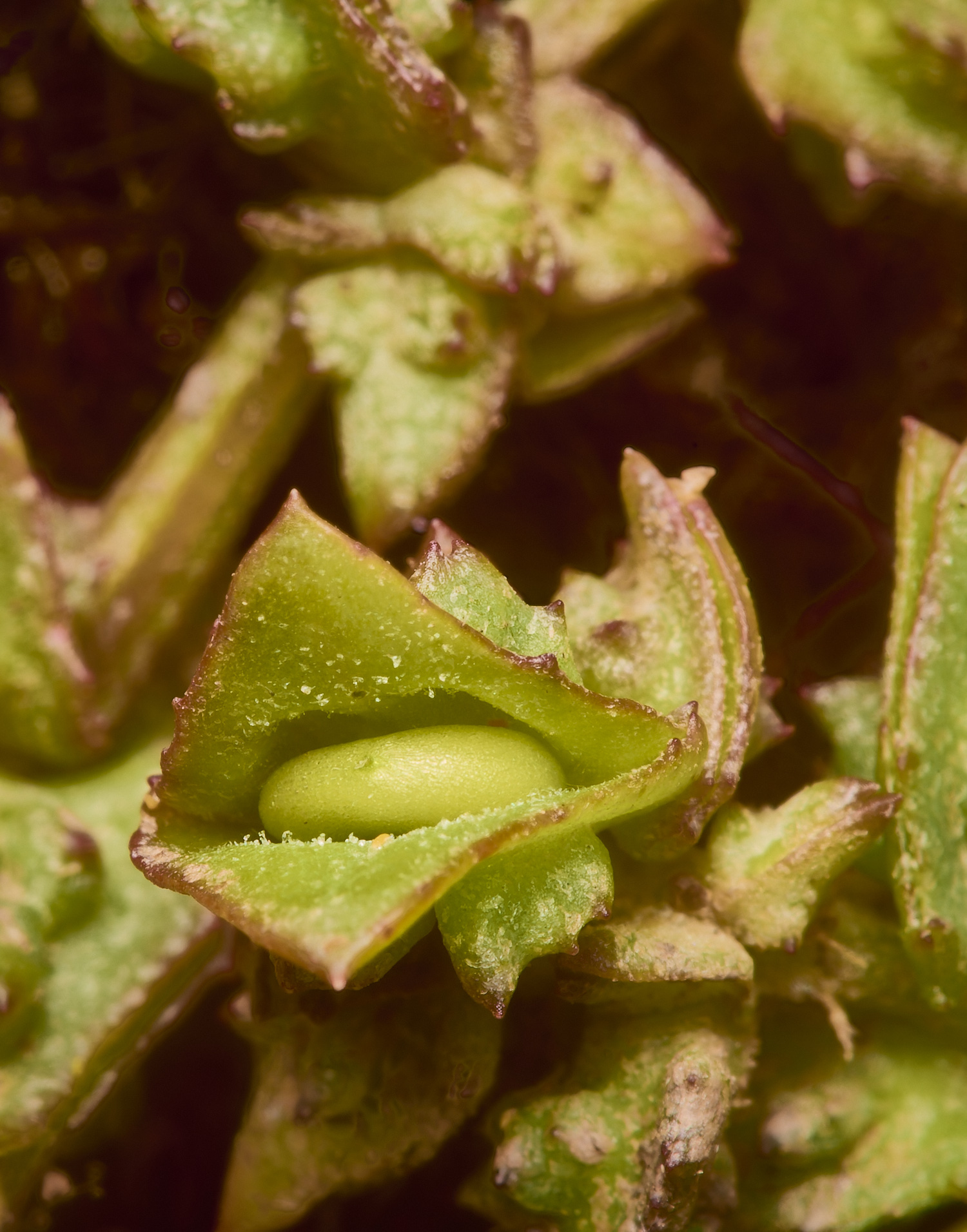


Spear-leaved Orache (Orache prostrata)
Bracteoles fused only at base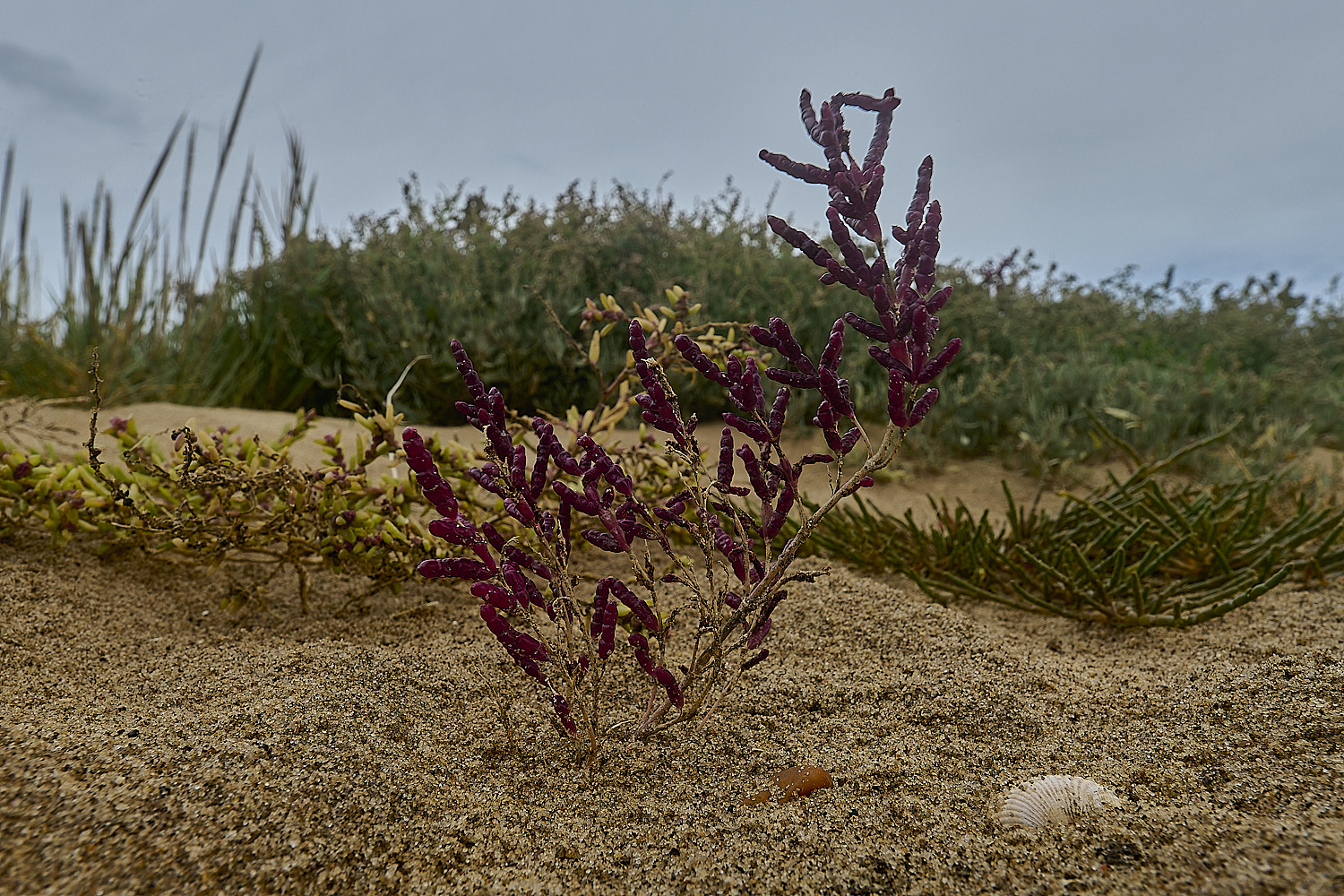
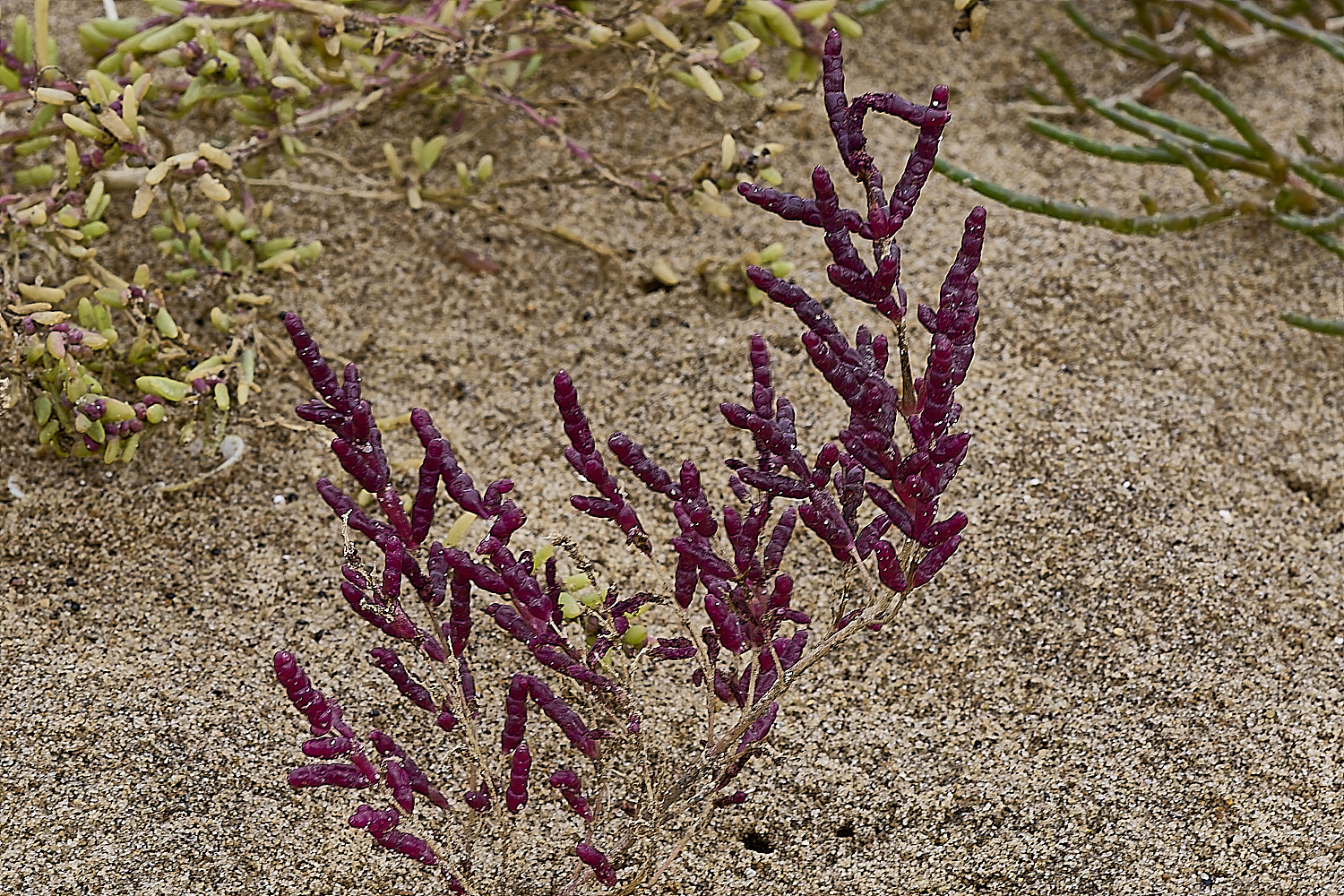
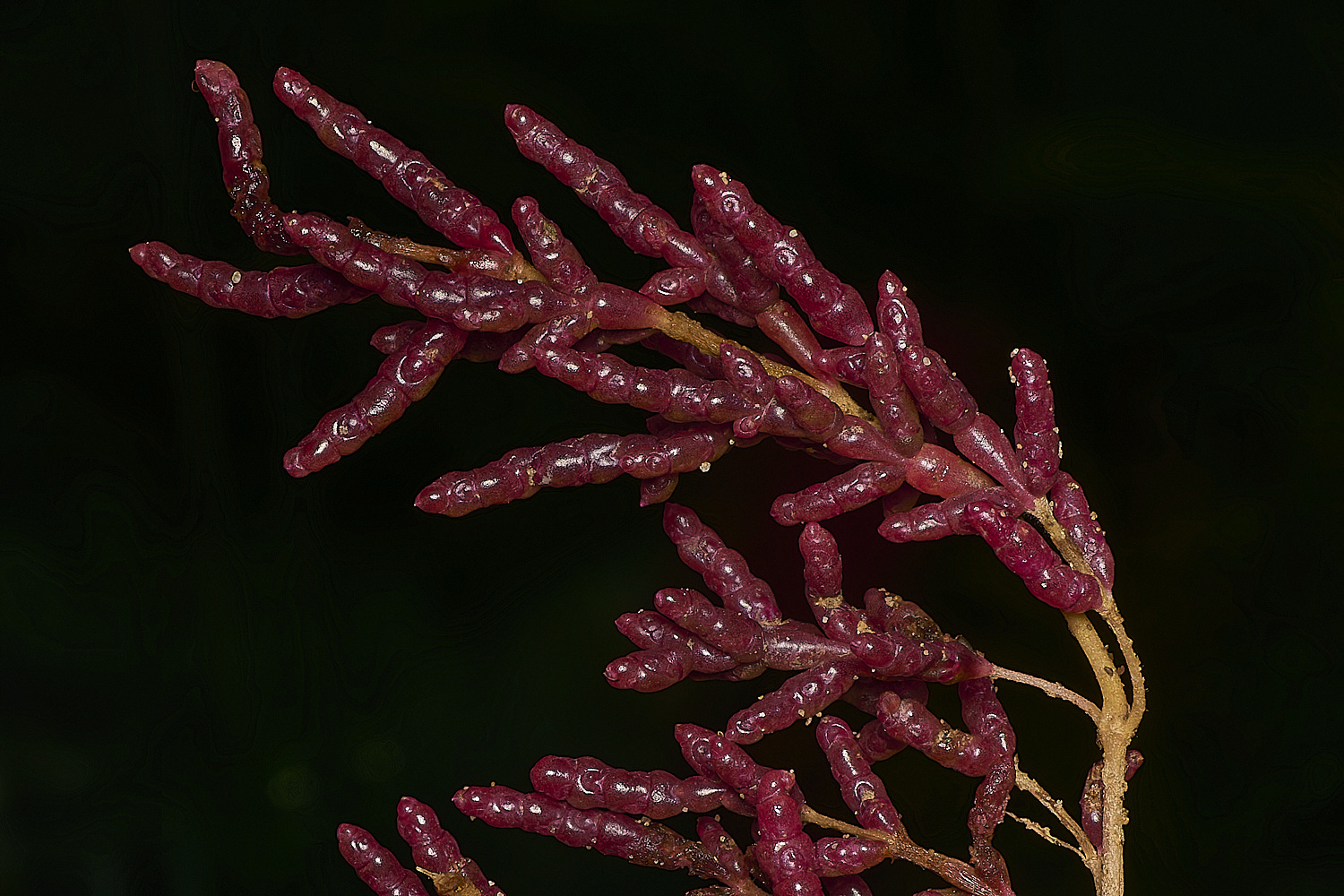
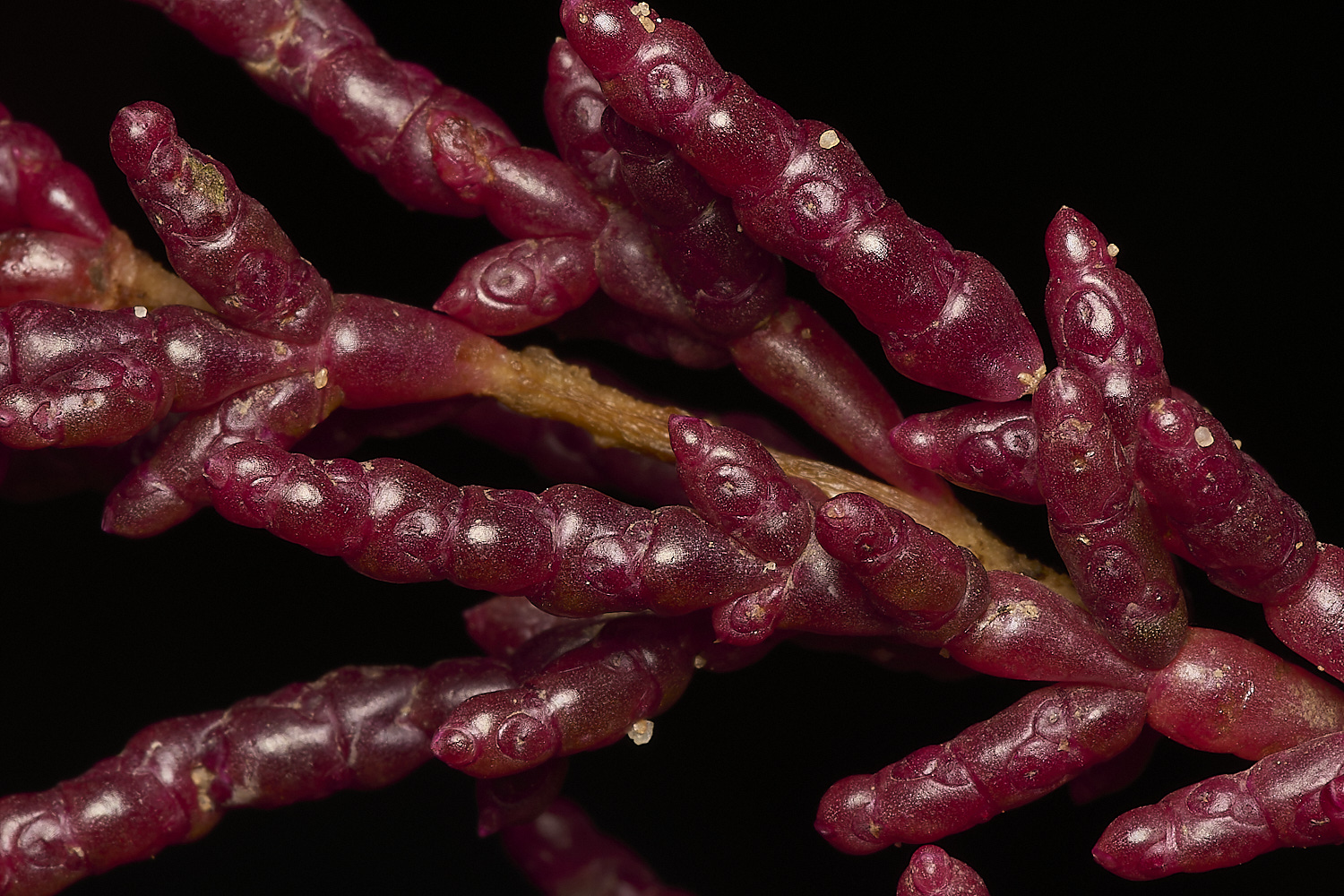
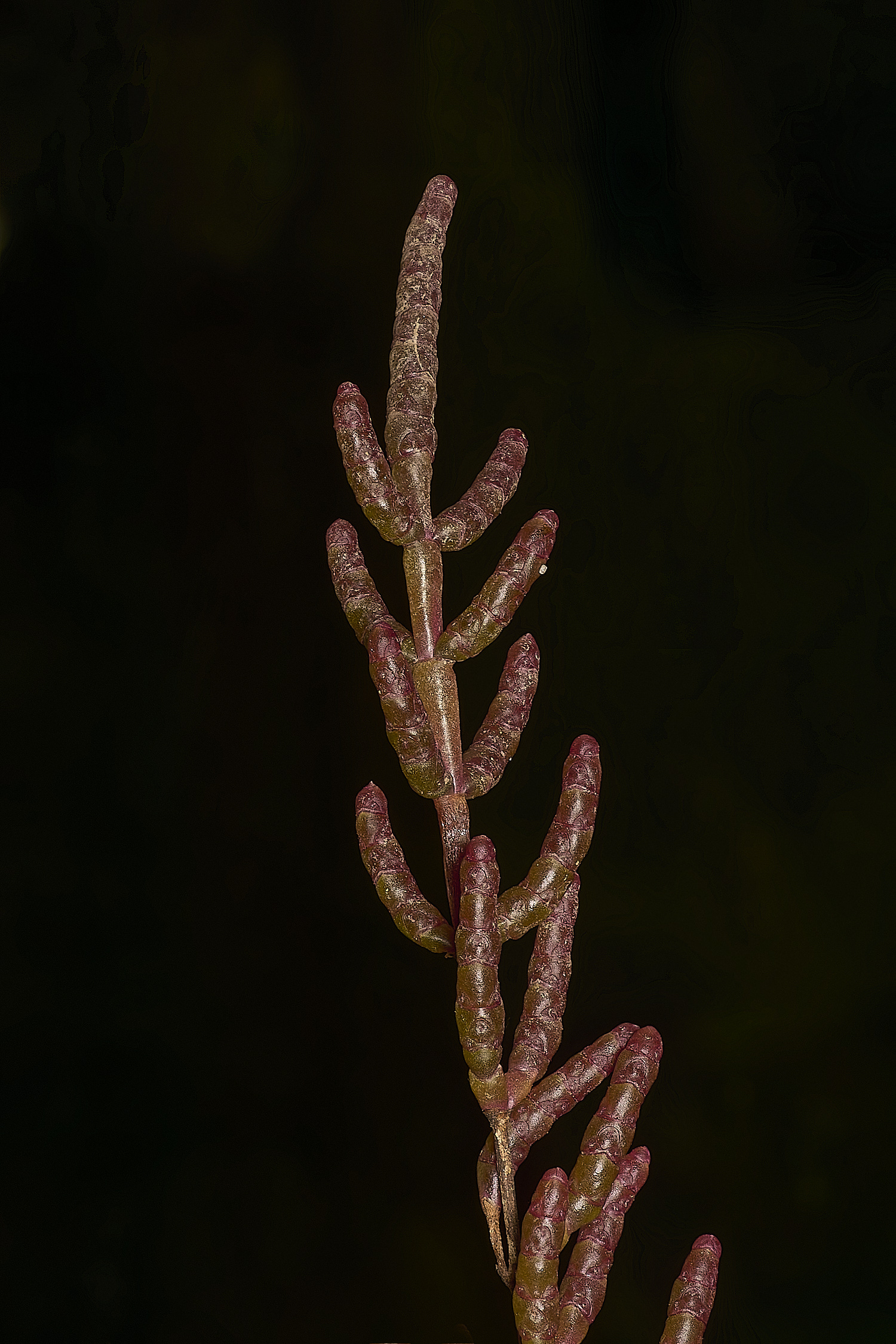
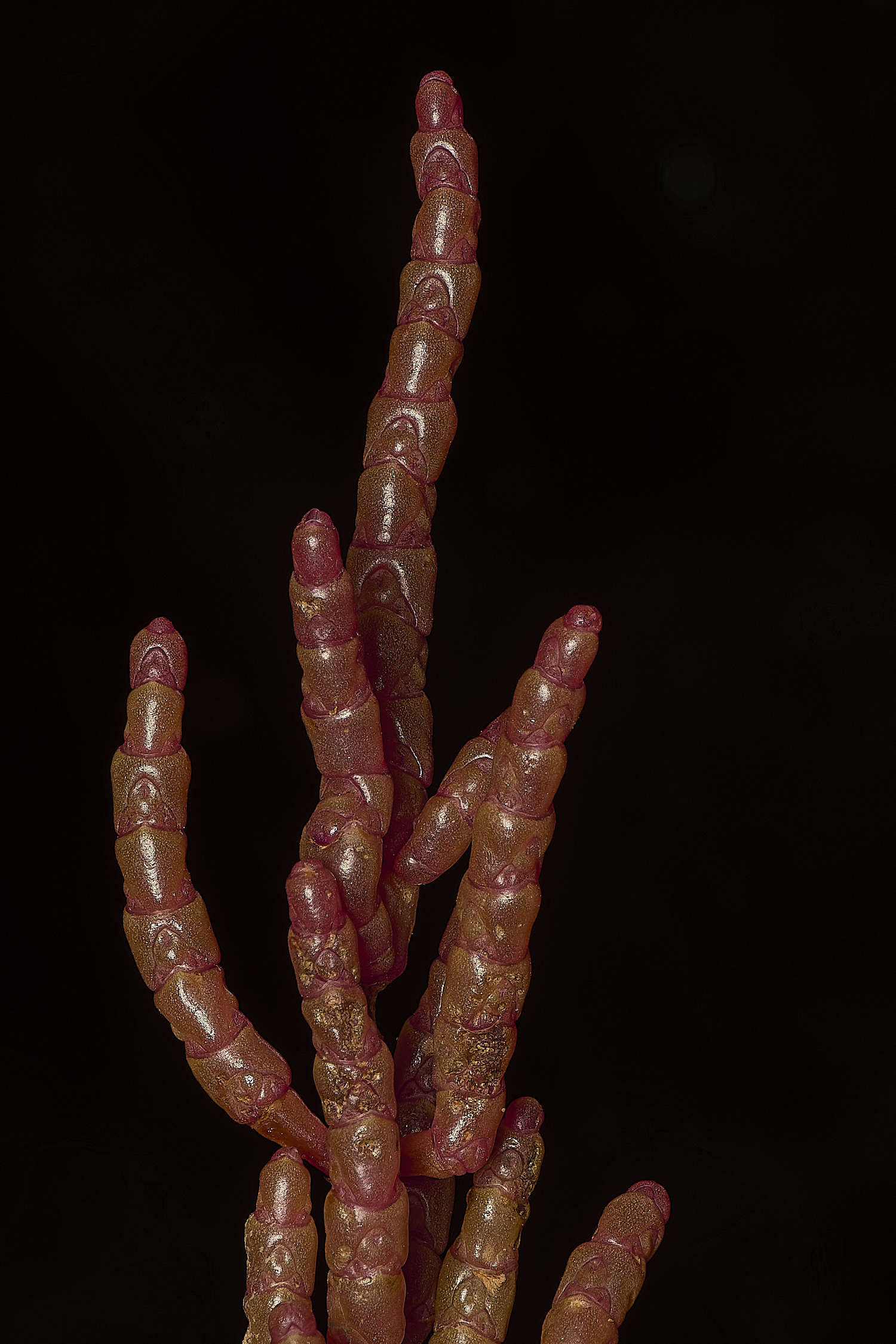
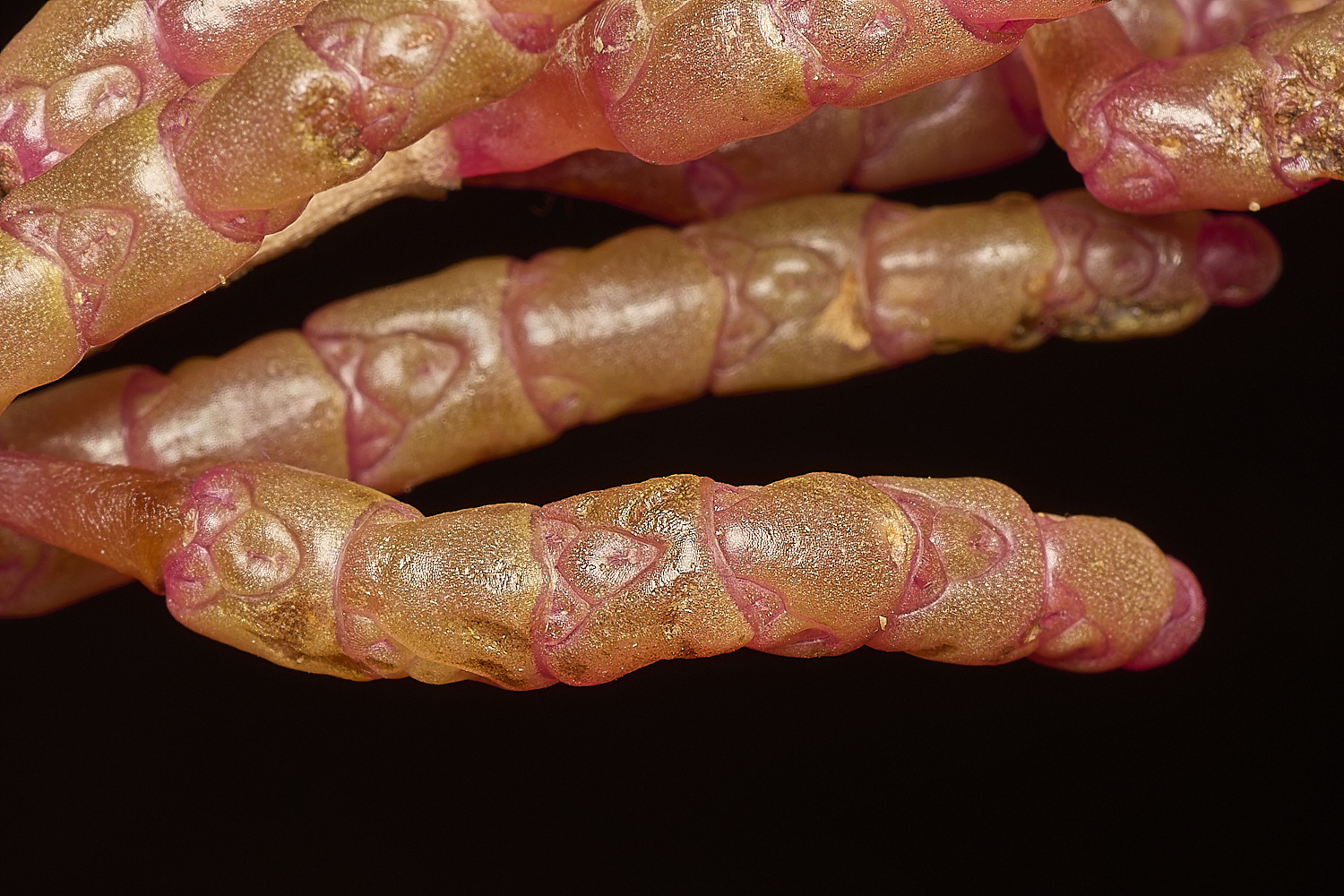
Purple Glasswort (Salicornia ramosissima)
Sea Aster (Aste tripolium)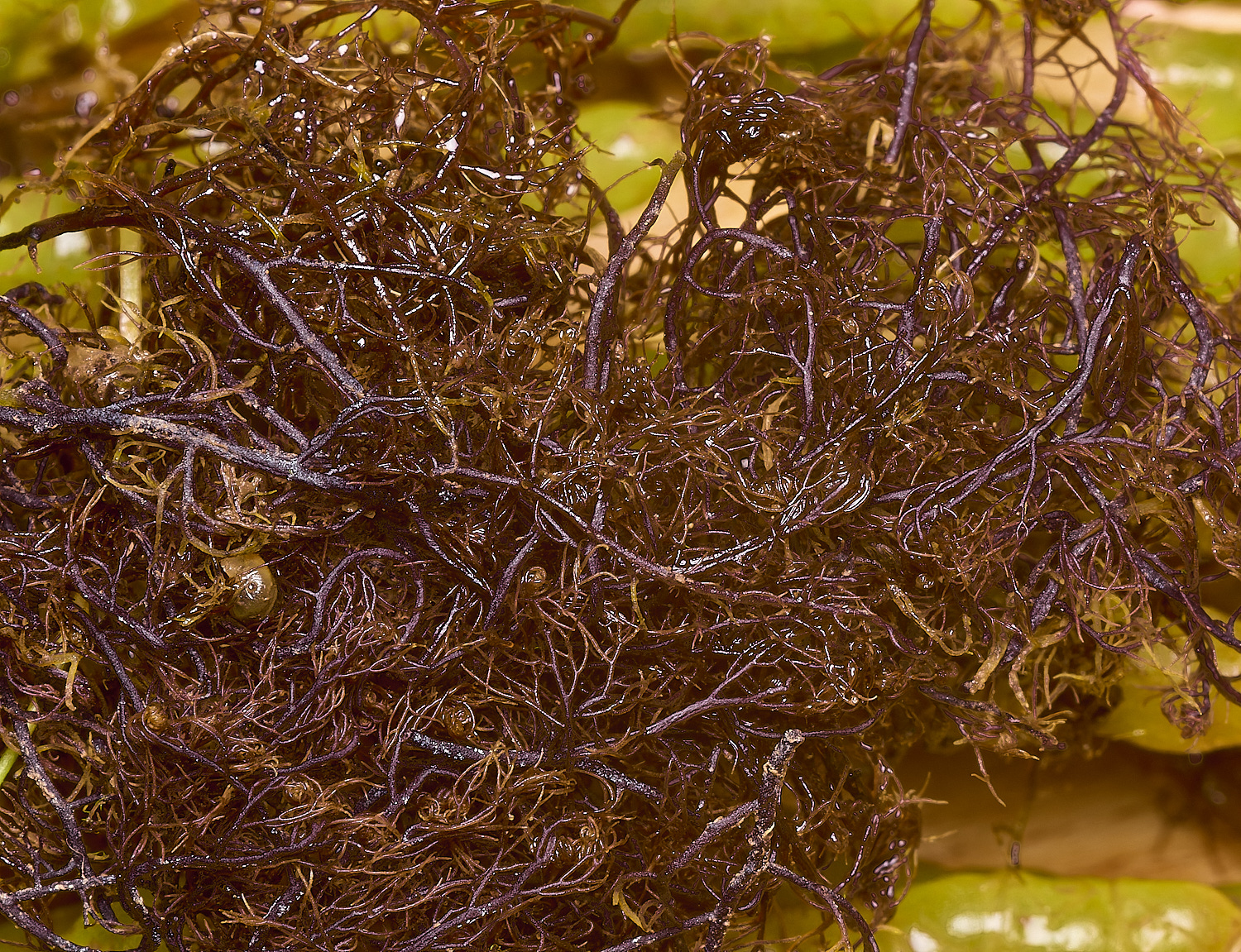
The curious tiny seaweed that forms a mat at the base of the glassworts on the mud,
Fucus muscoides?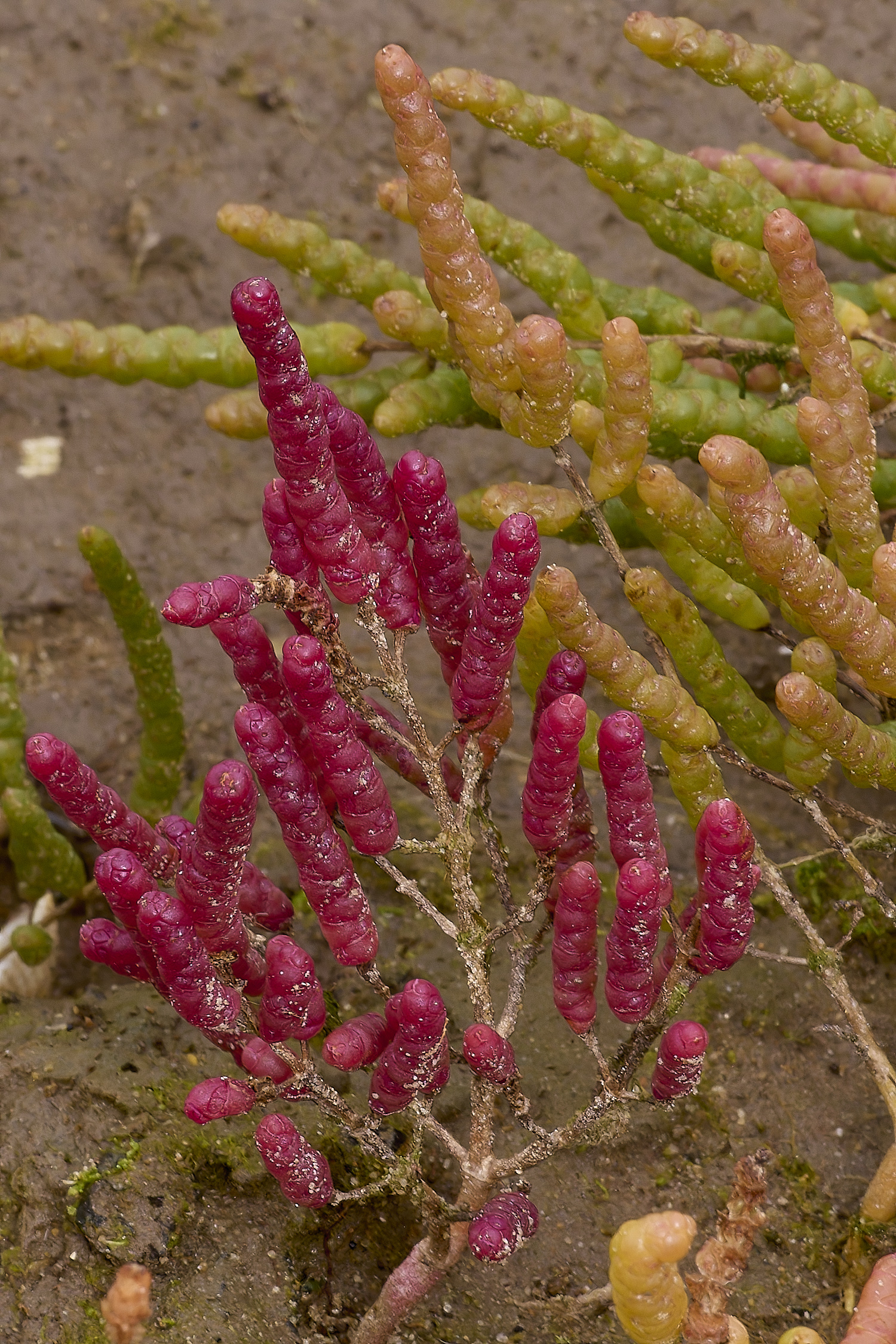
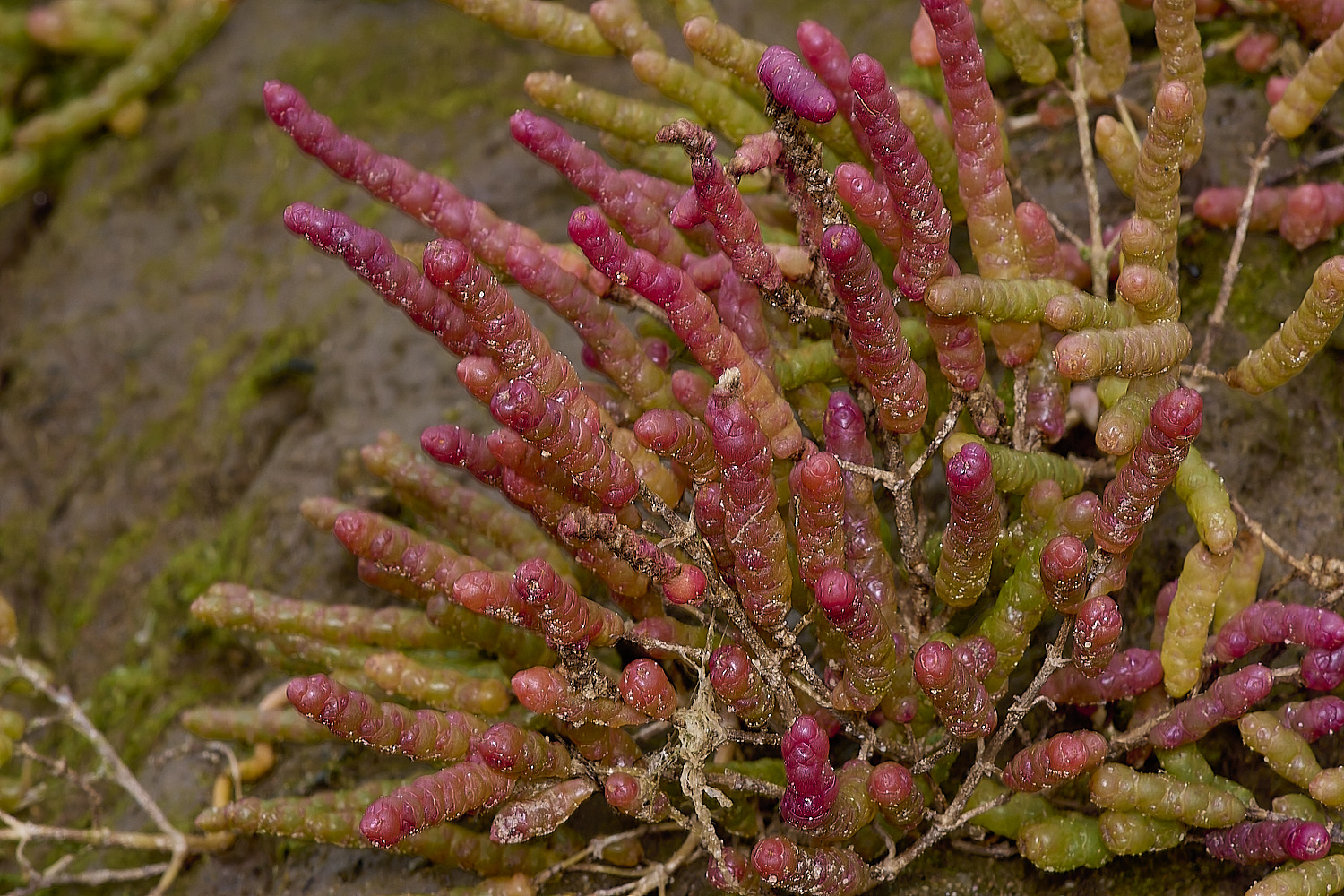
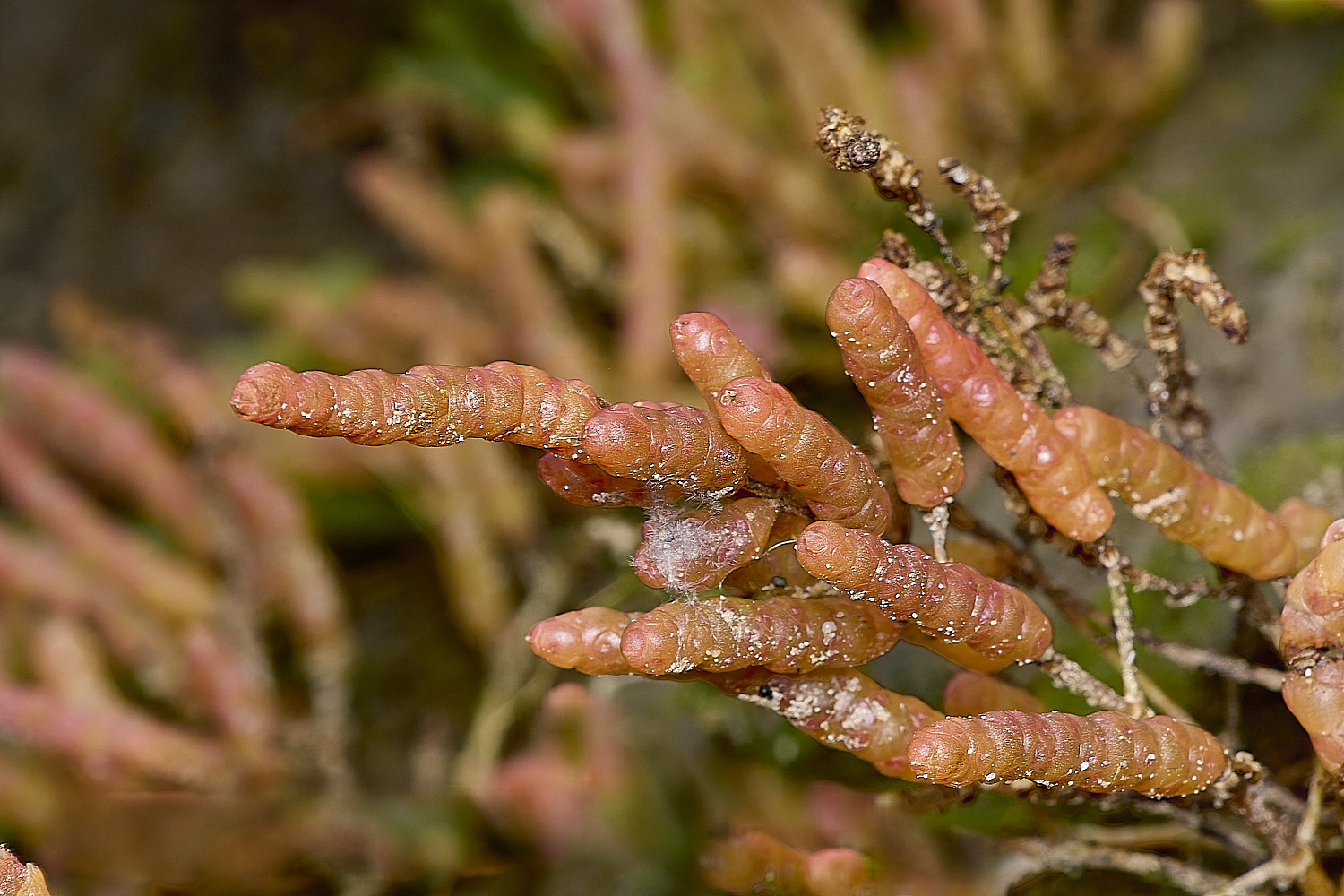
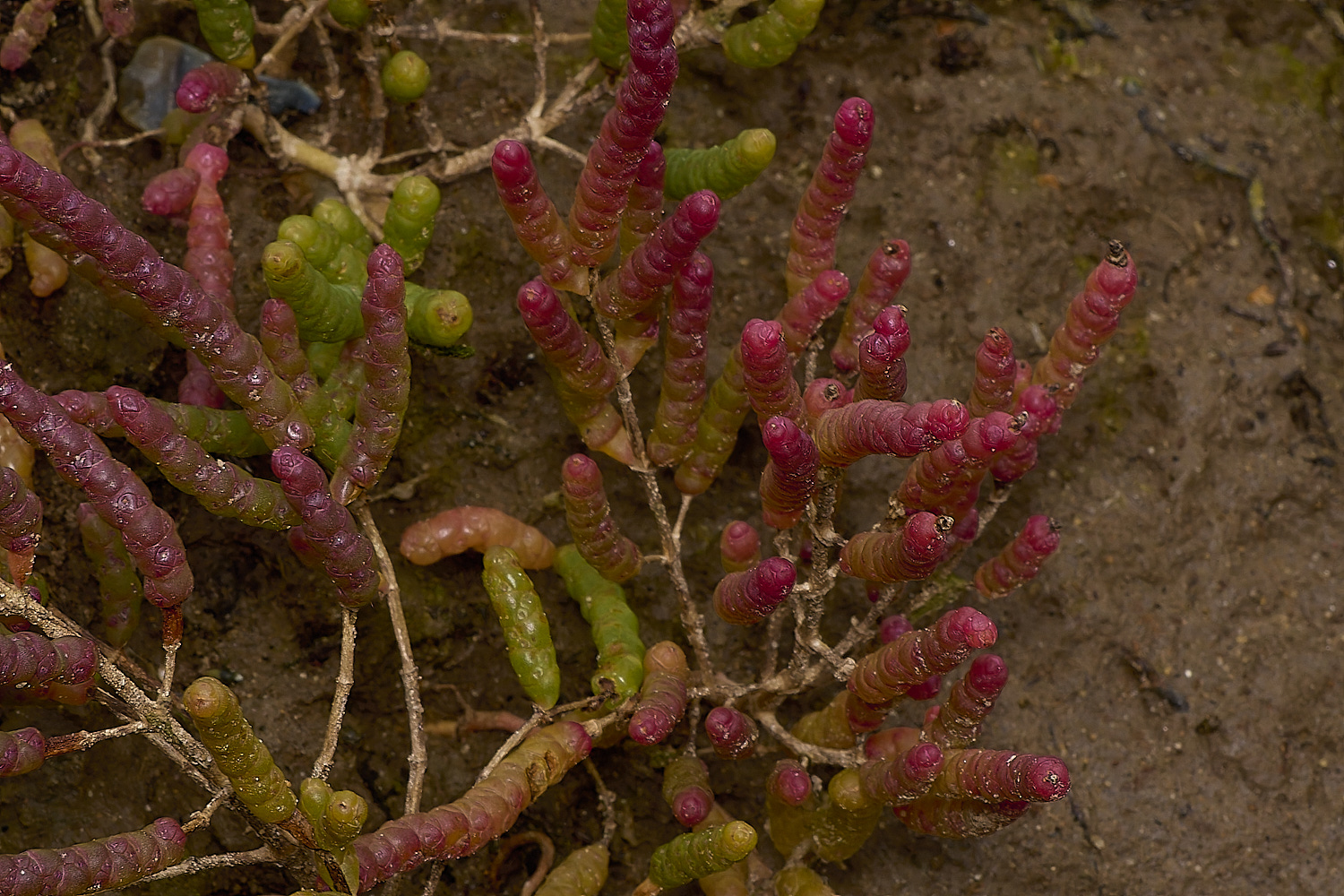

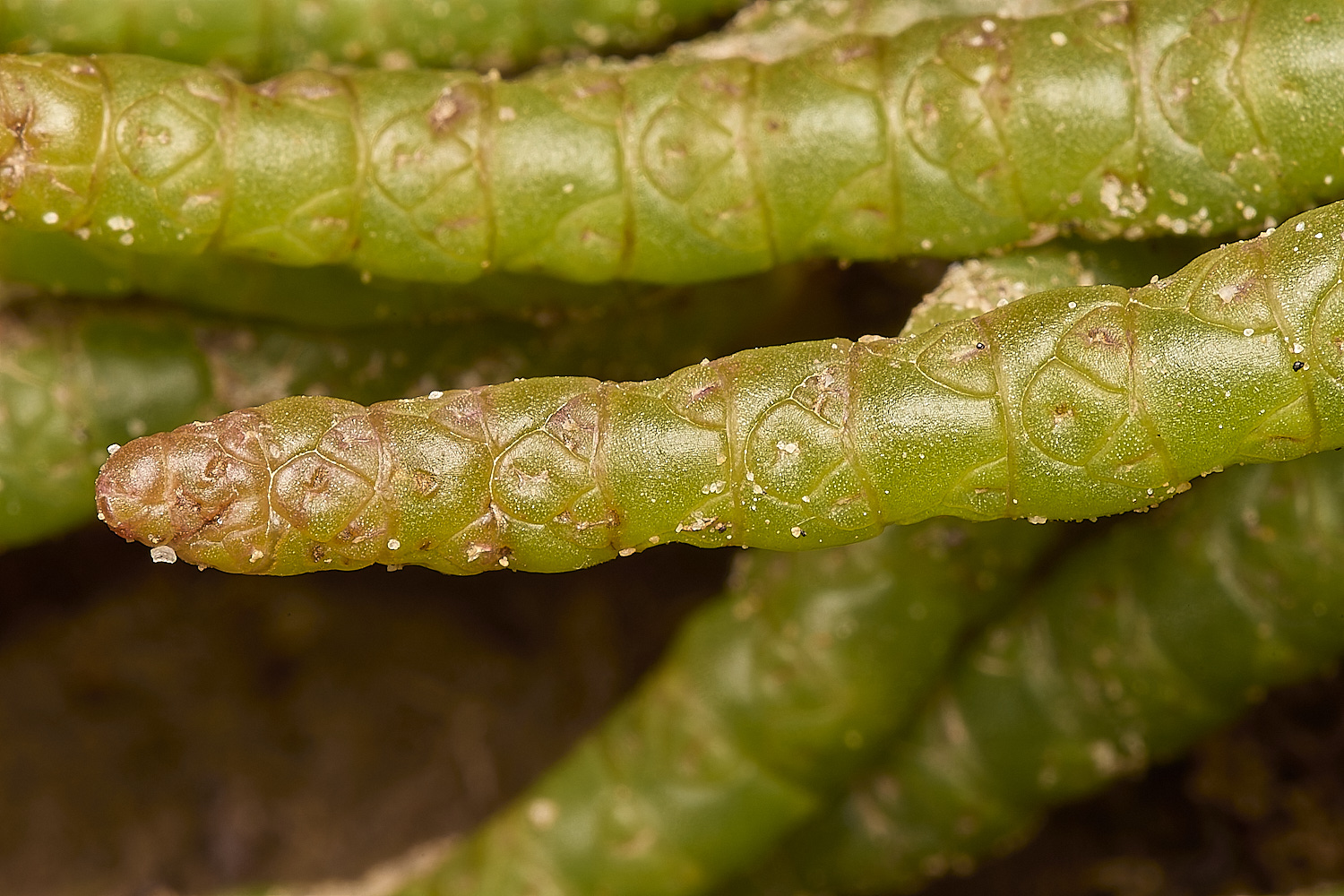
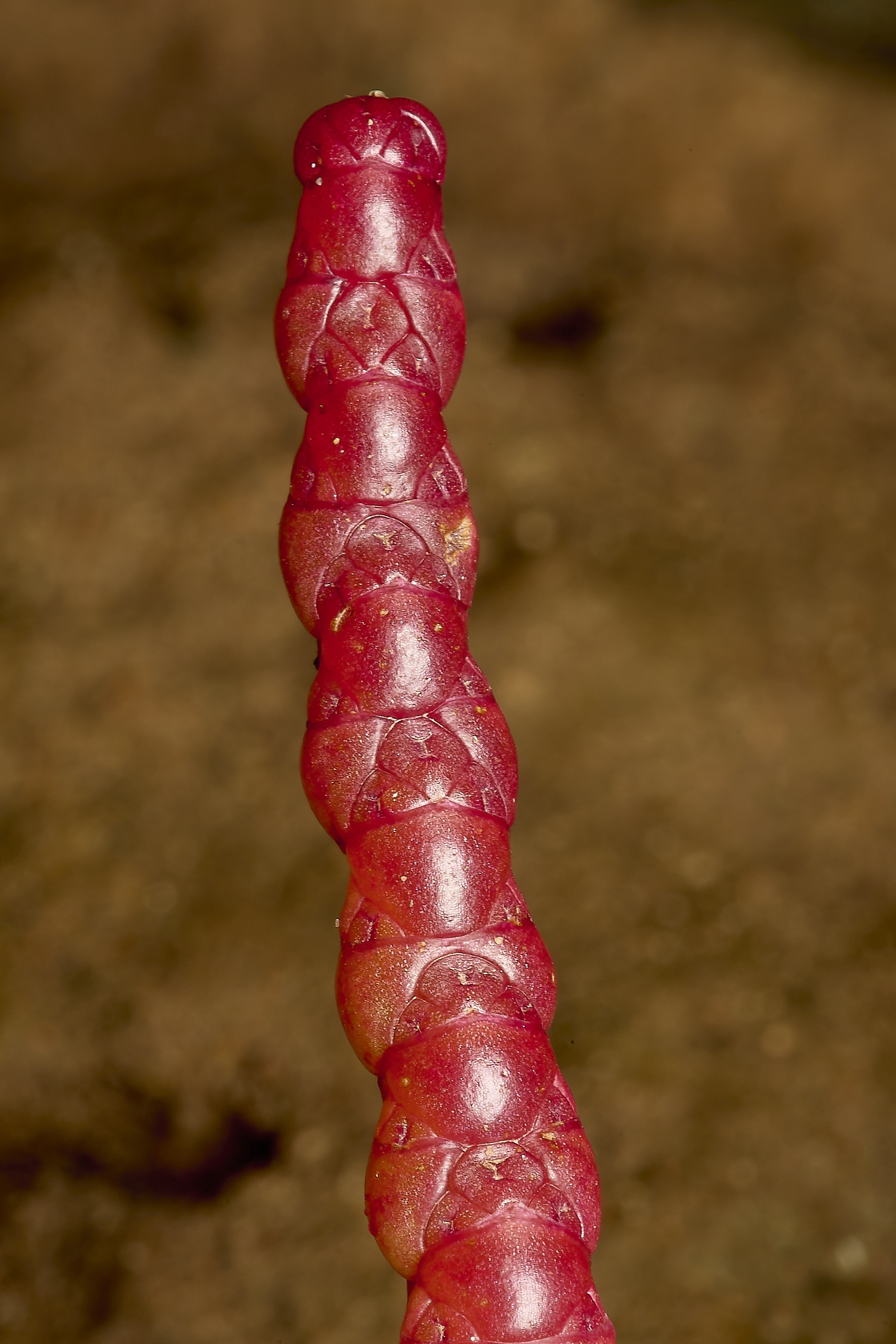
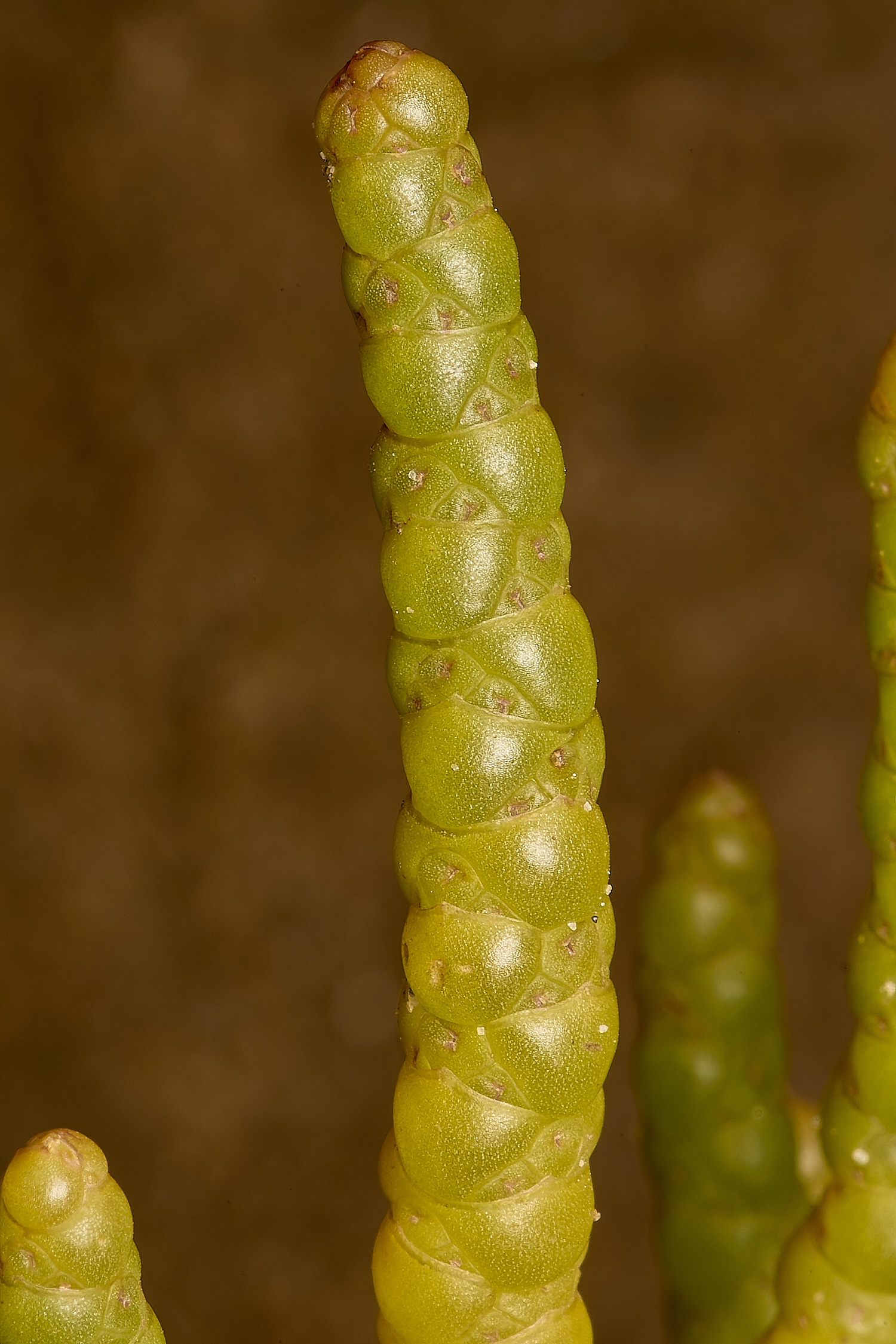
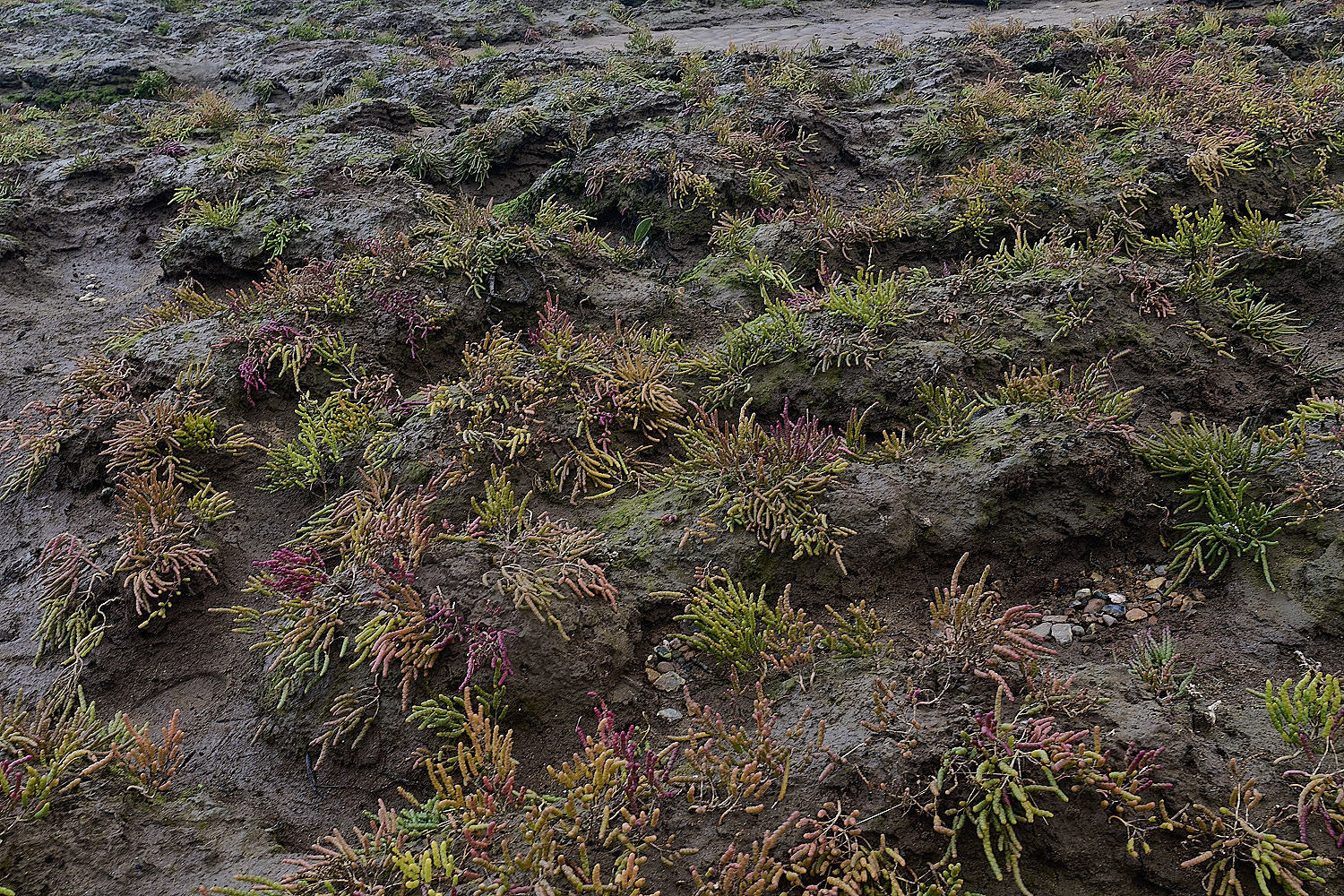
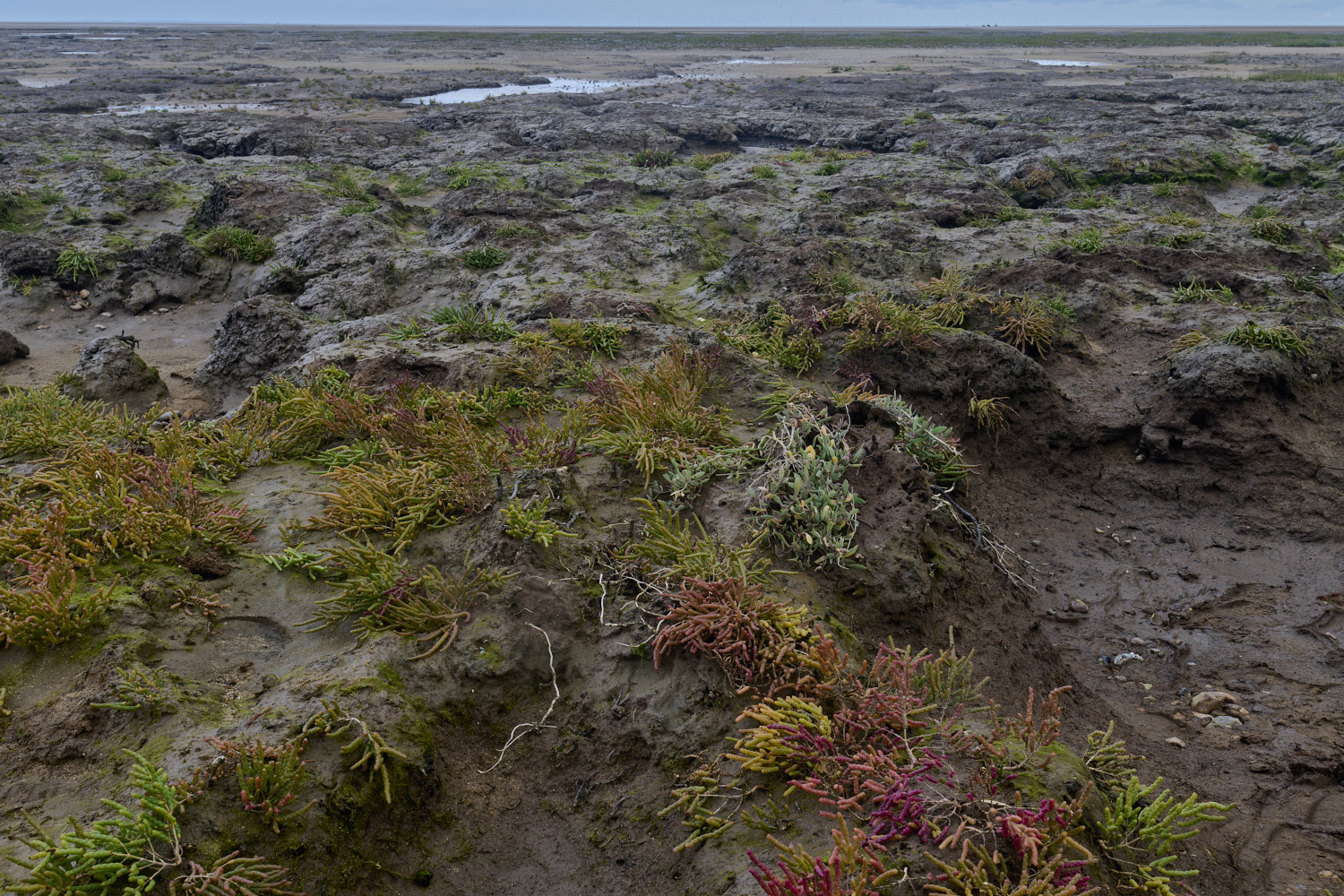
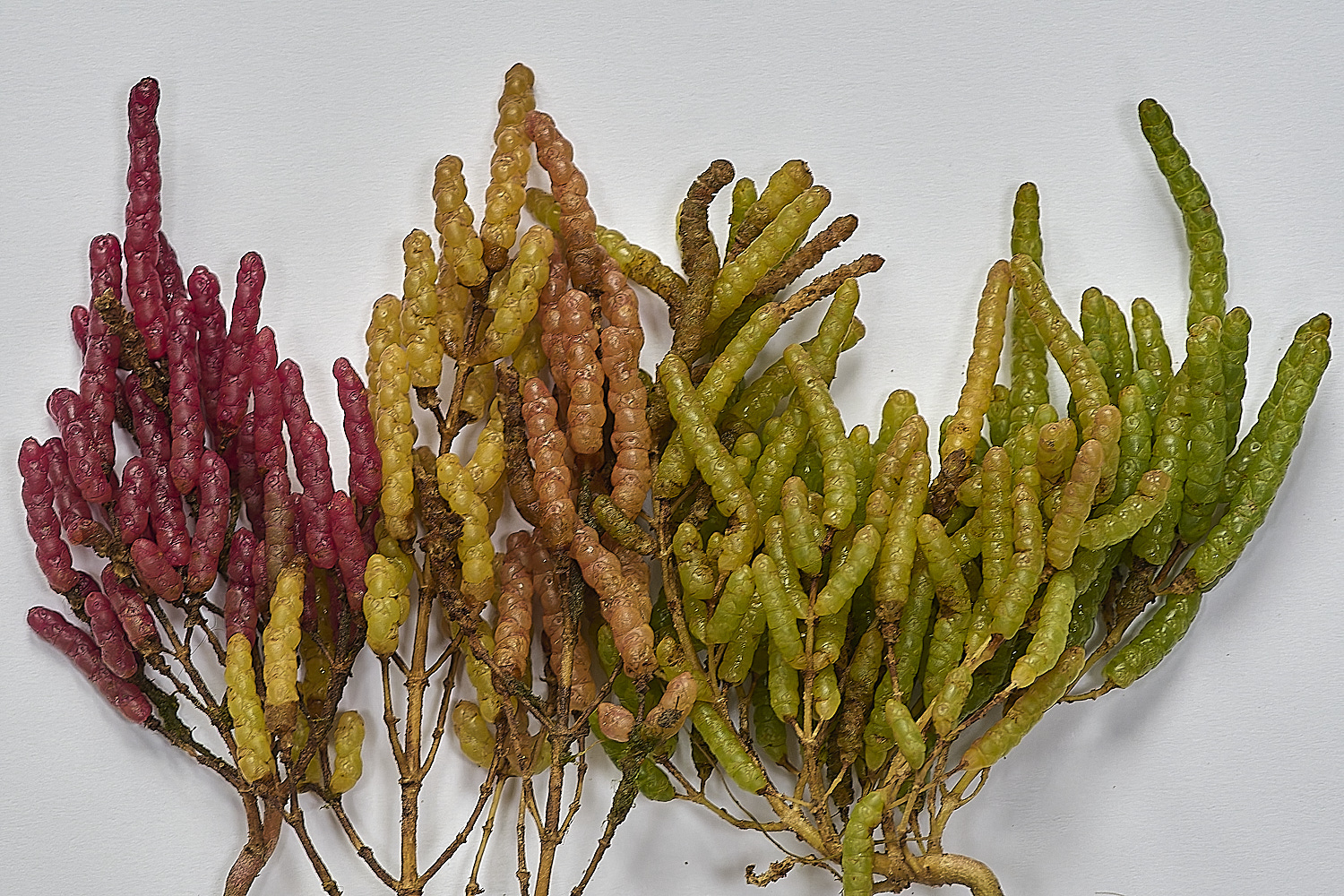

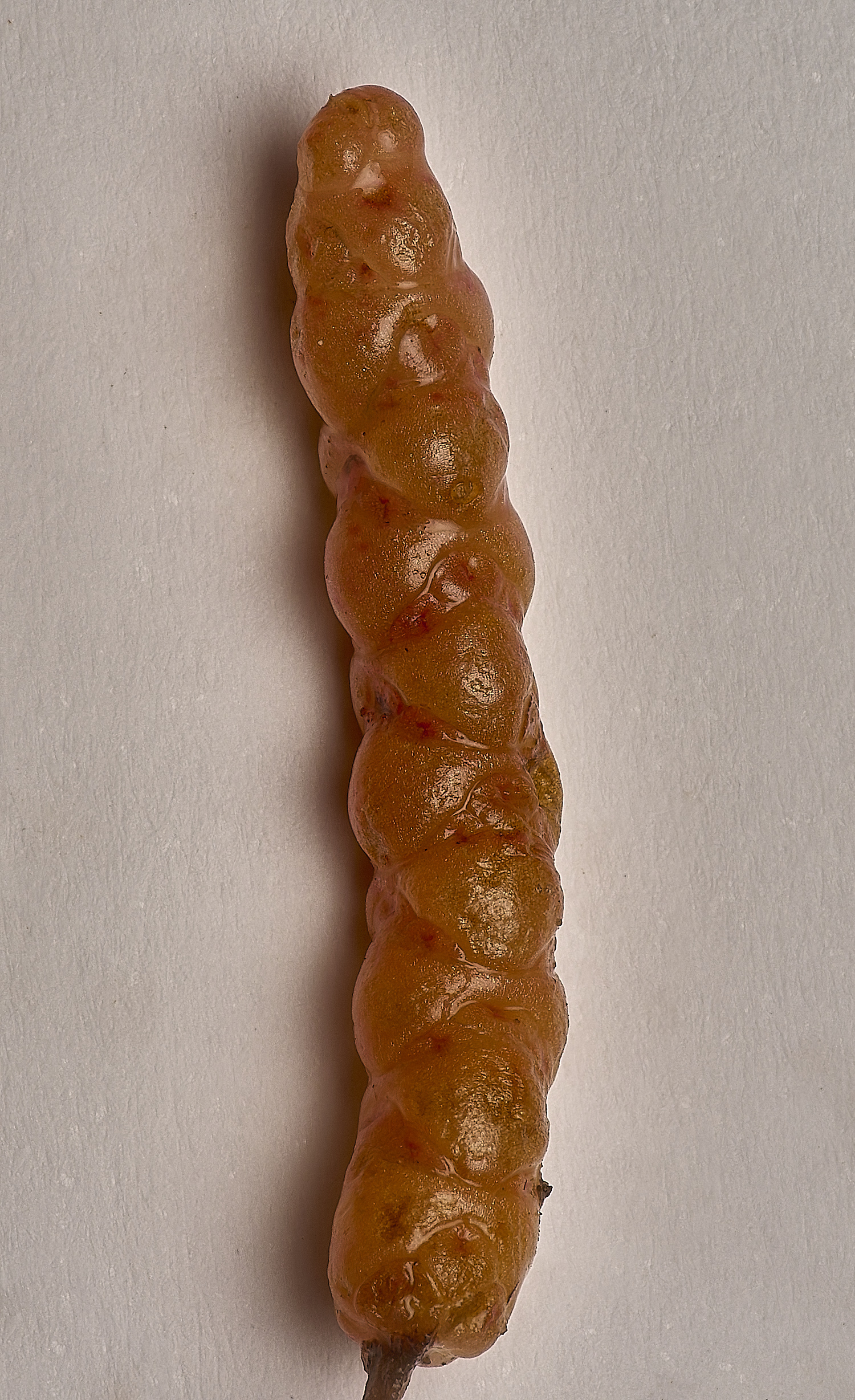
Shiny Glasswort (Salicornia emerici)
Although very rare a very nice multi coloured colony was found out on the mud as the images above show.
The lower fertile segments are only up to 3.5mm in height. Terminal spike in the range 12-40mm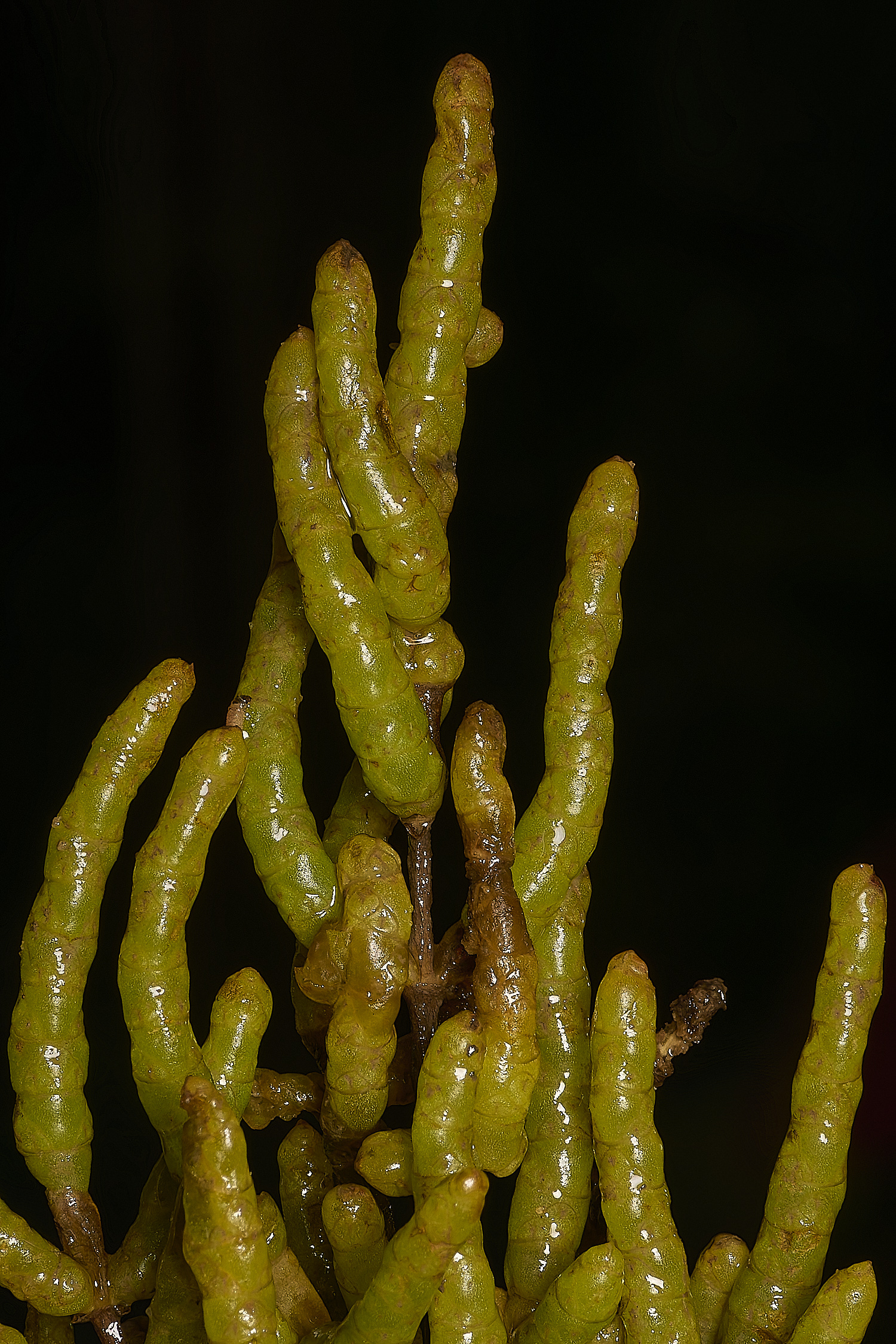
Common Glasswort (Salicornia europea)?
This, the delectable samphire enjoyed at this time of year.
I have a feeling the image above is not Common Glasswort so a return to Salthouse is in the offing to get to grips with this one.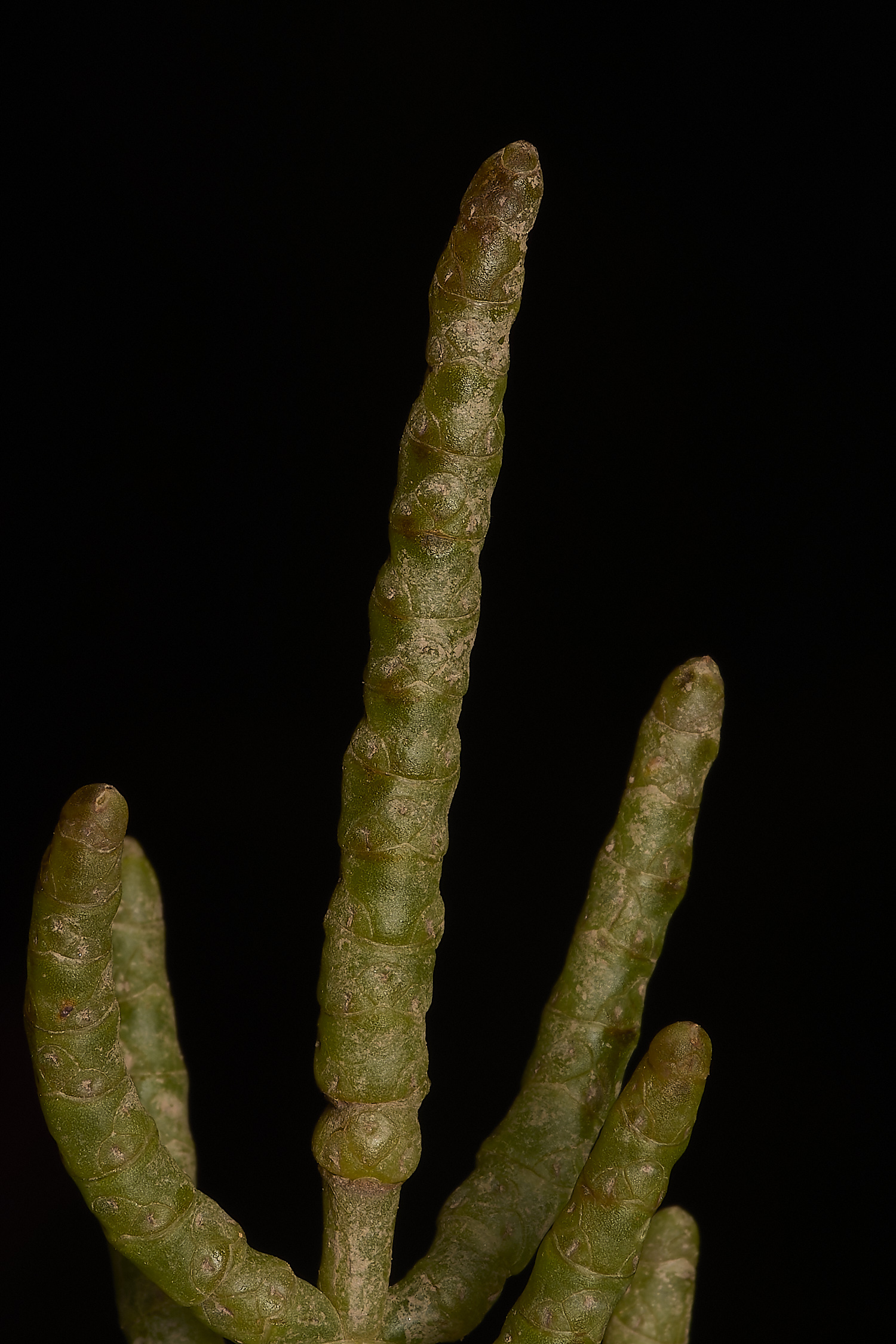
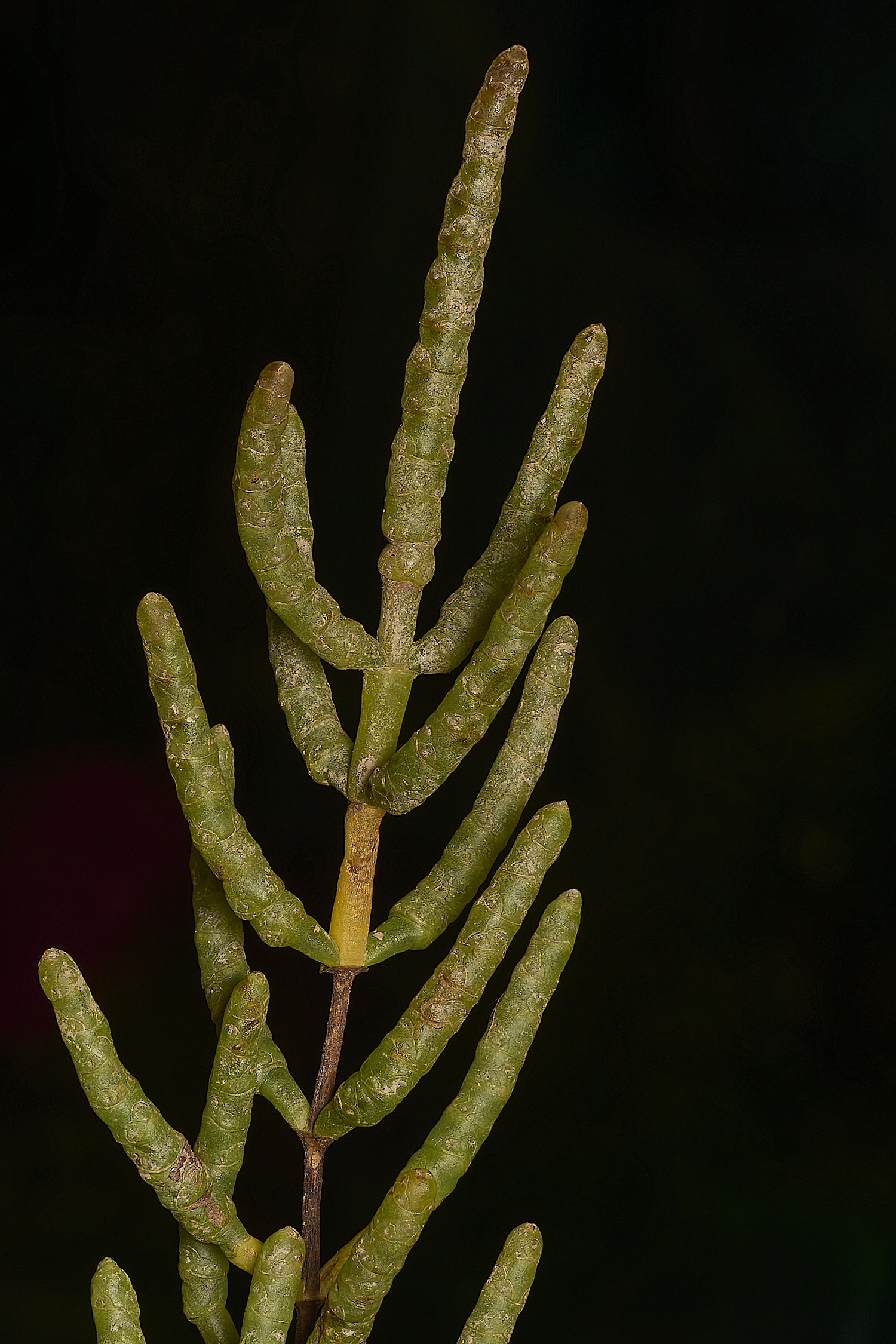
Yellow Glasswort (Salicornia fragilis) can be found throughout the salt marsh.
A terminal spike with between 6 -15 fertile segments. The image above has 13 segments.
The spike itself is cylindrical and the lateral branches also. The spike also finishes in a blunt tip.
There is another species which has a similar jizz (the one I forgot to take a photo of)
Long-spiked Glasswort (Salicornia dolichostachya)
but it's distinguishing feature is in the name. It has a long tapering spike with 12-30 fertile segments and it is a long tall plant.
The flowers are arranged in 3,2,3,2,3 pattern up the spike.
Found mostly on bare mud but can be found throughout the salt marsh.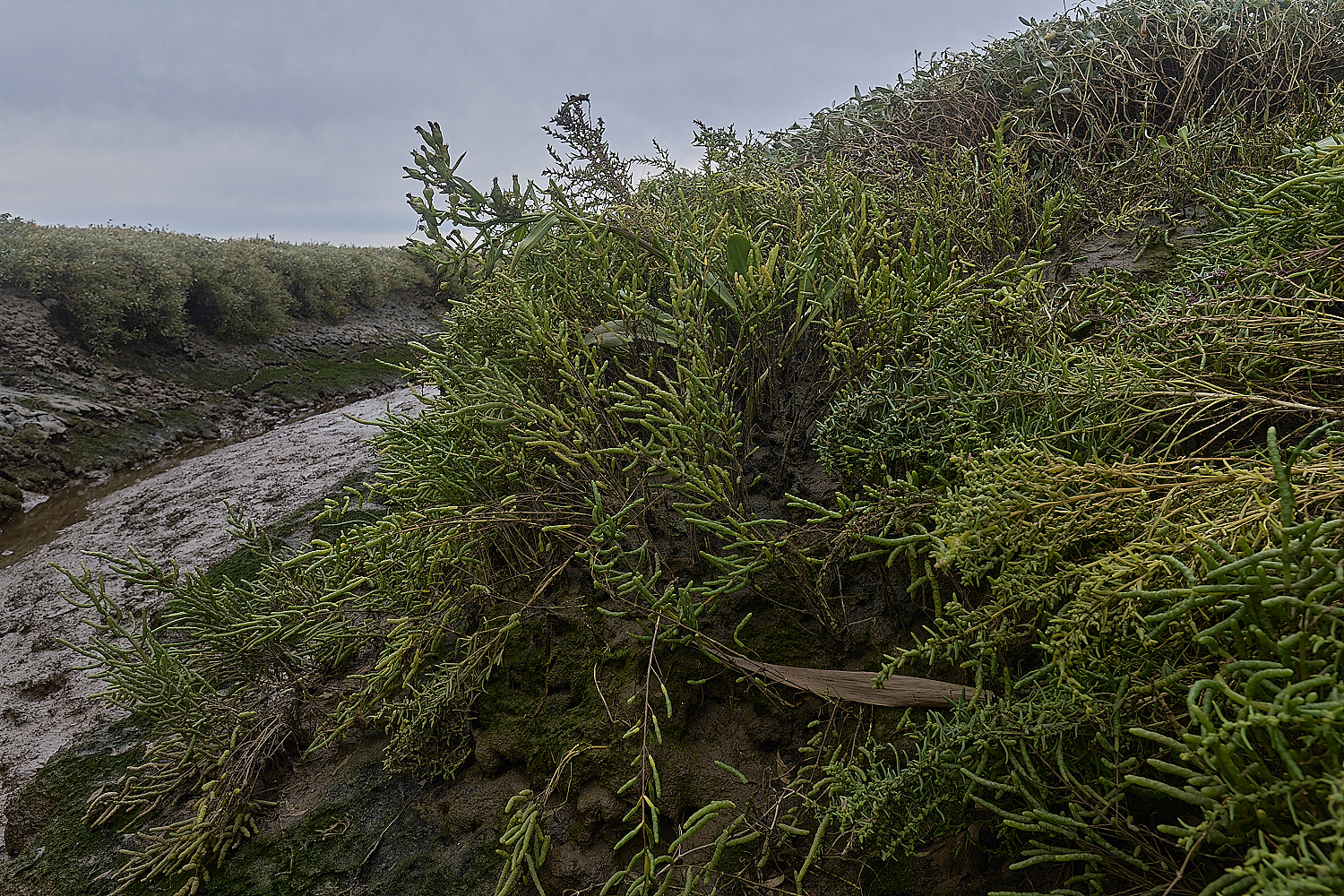
Although I think this image probably shows Long-spiked Glasswort.
One can see the long terminal spikes quite clearly.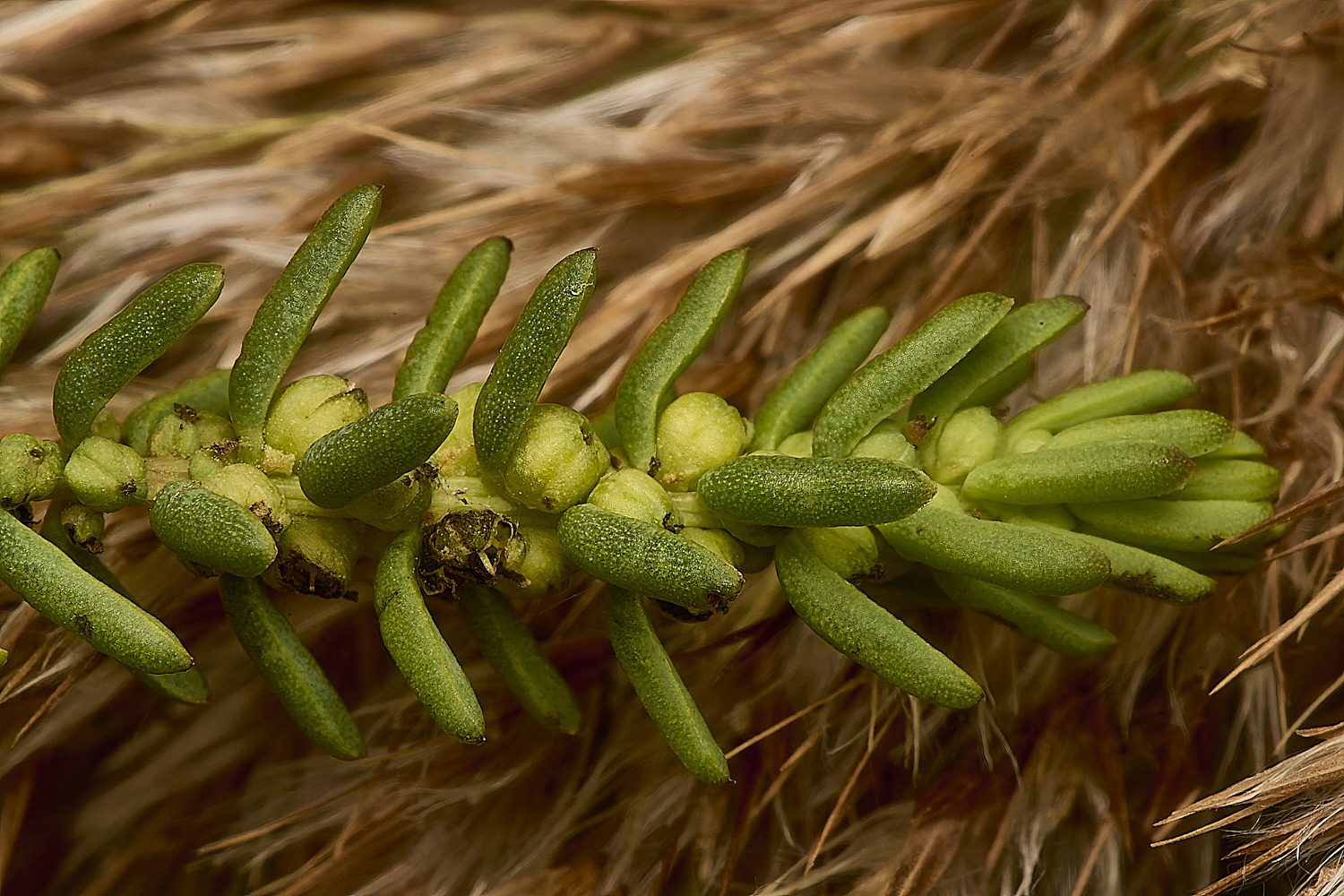

Petalless flowers of Shrubby Sea-blite (Sueda vera)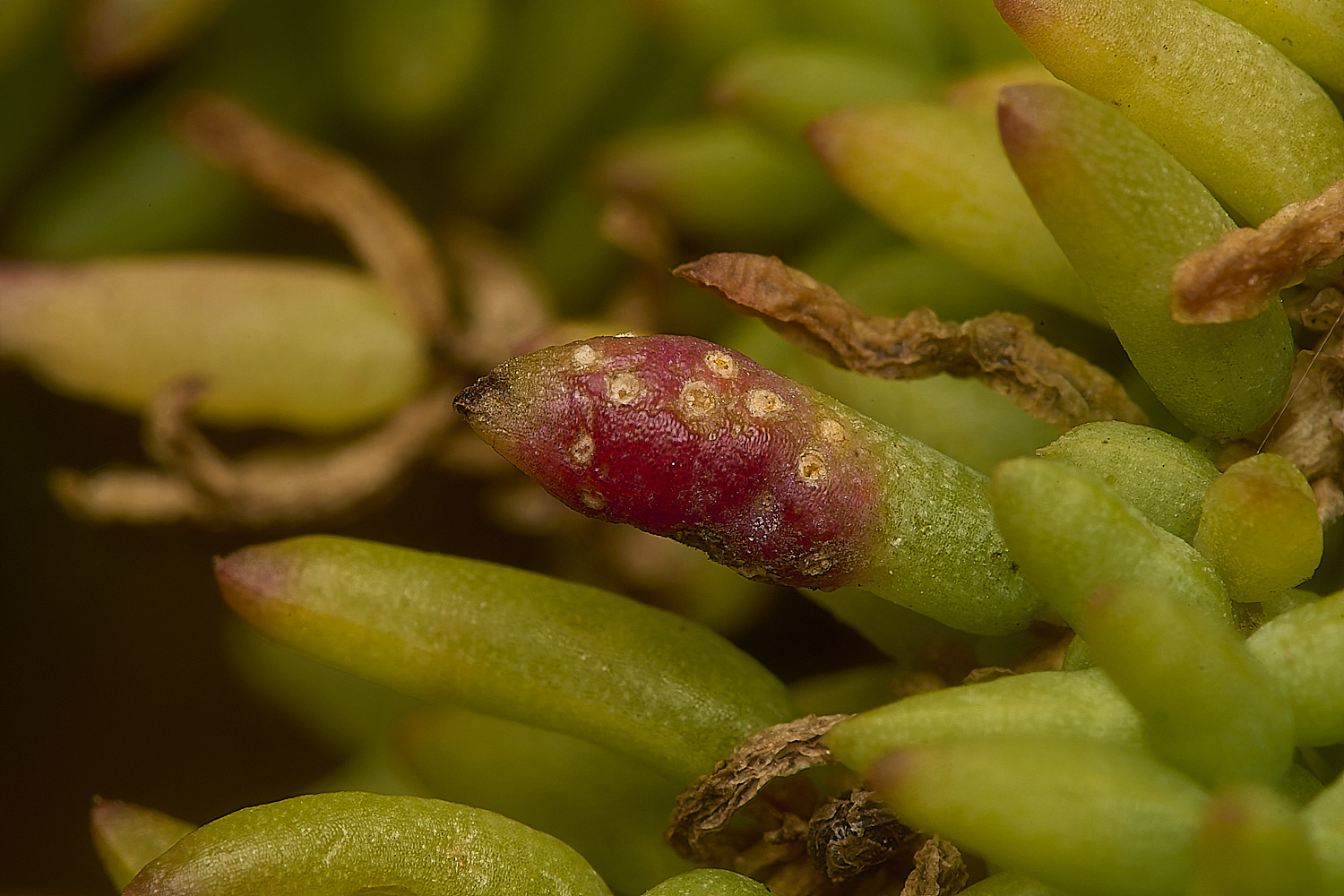
Rust (Uromyces chenopodii) on Shrubby Sea-blite)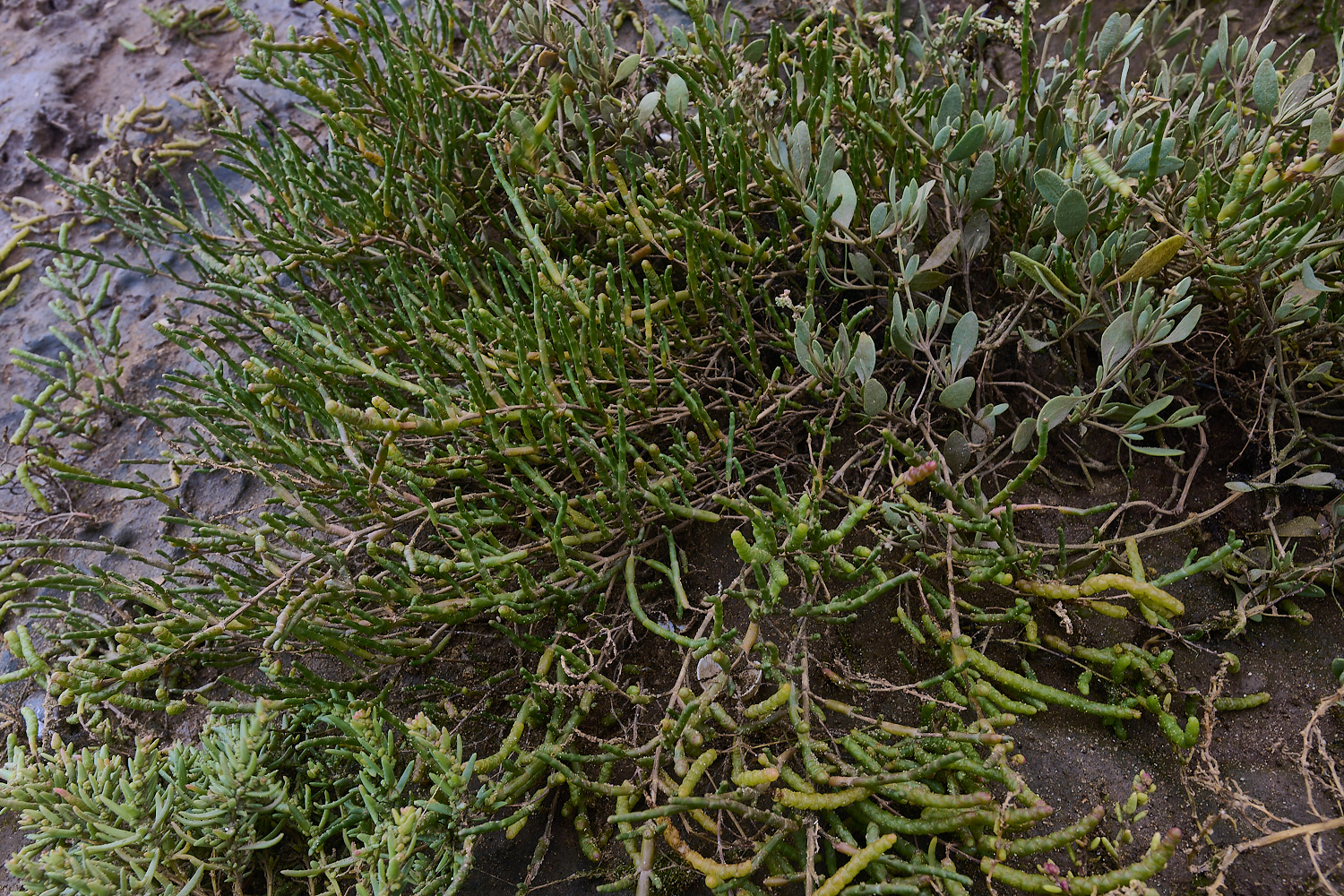
One can clearly see the two types of segments in the image above.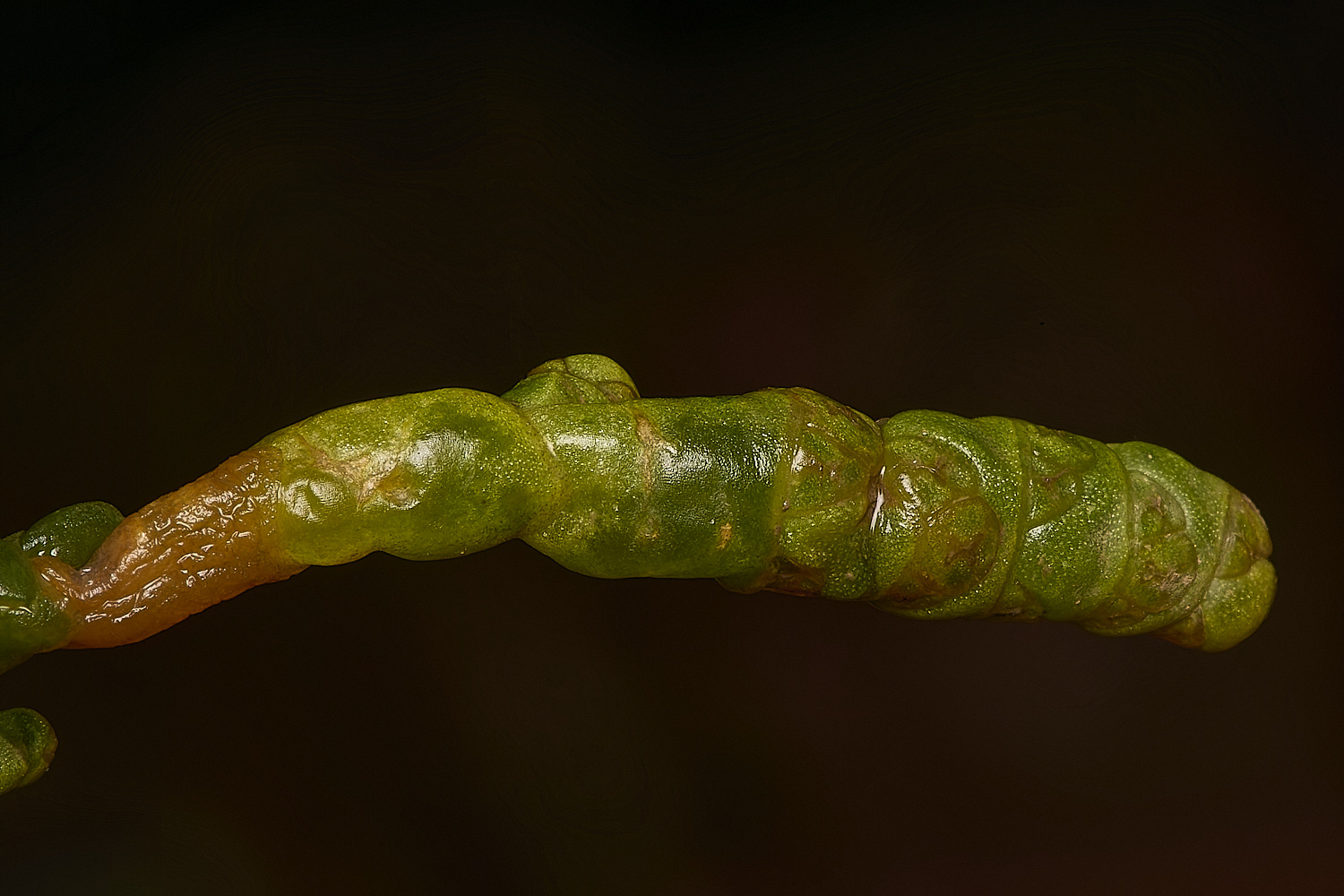
Fertile segments compressed and untidy.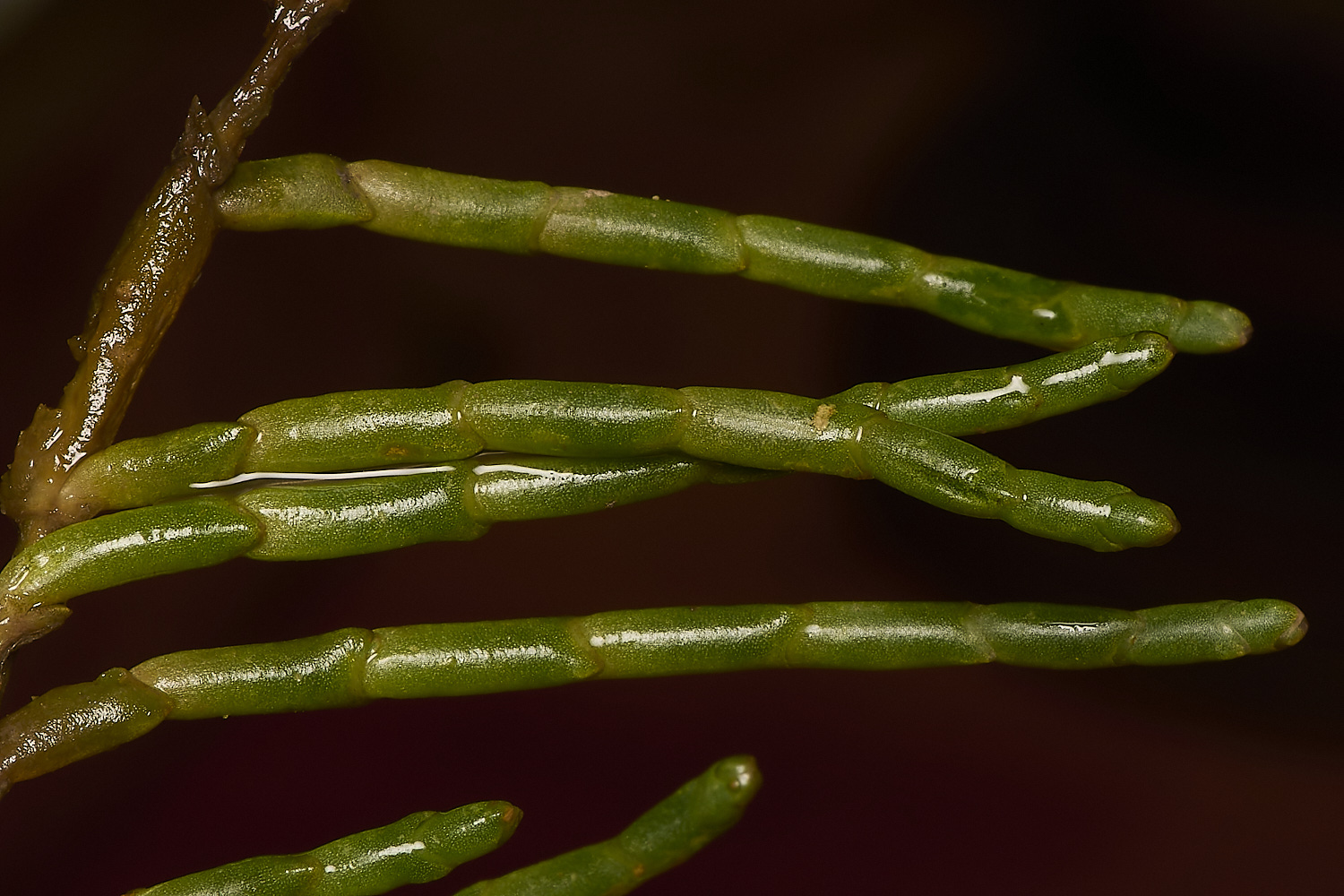
Unfertile segments
Perennial Glasswort (Sarcocornia perennis)
This one seems quite straight forward because of the unfertile segments contrasting with the fertile segments.
Another one unidentified that will be sent to a referee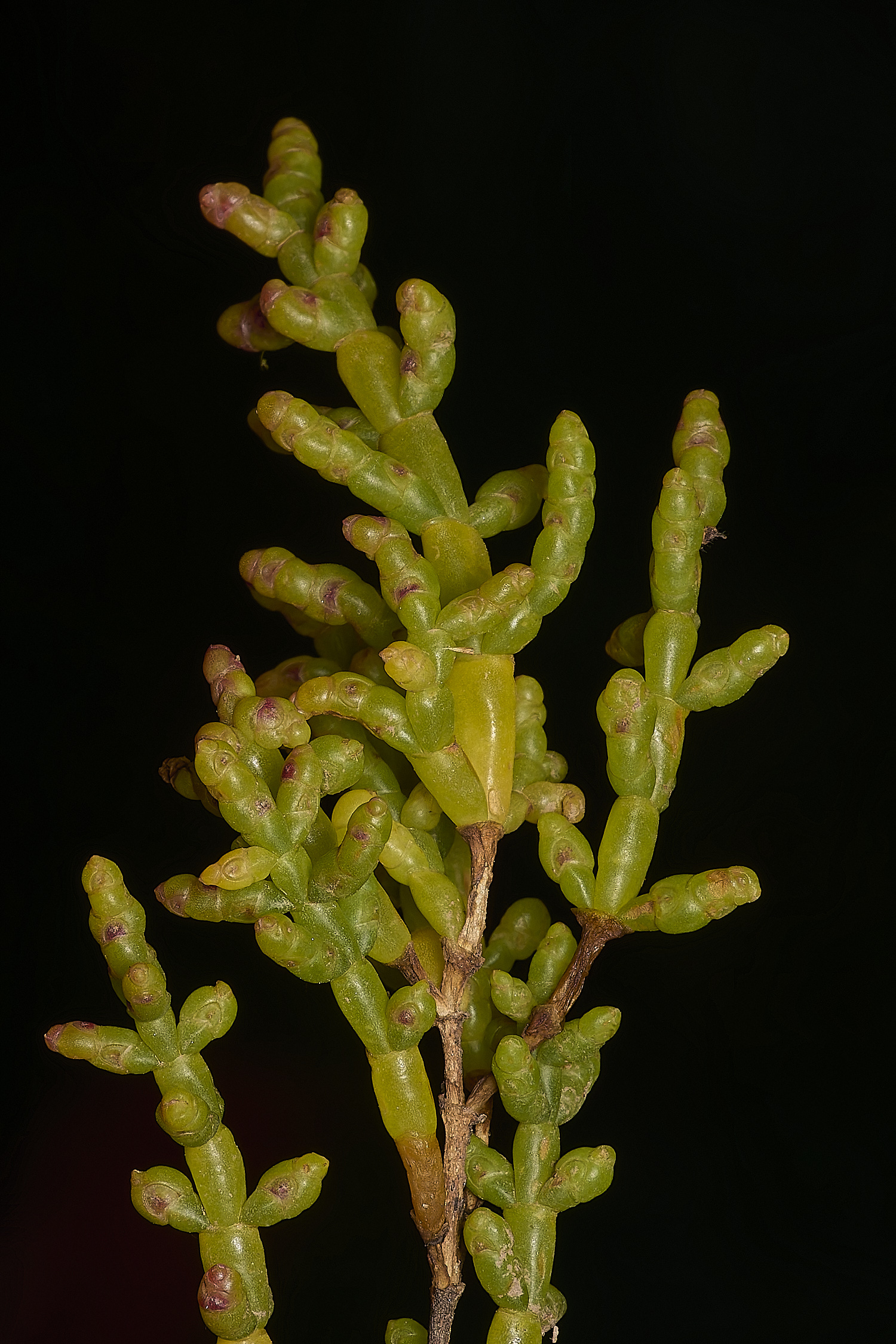
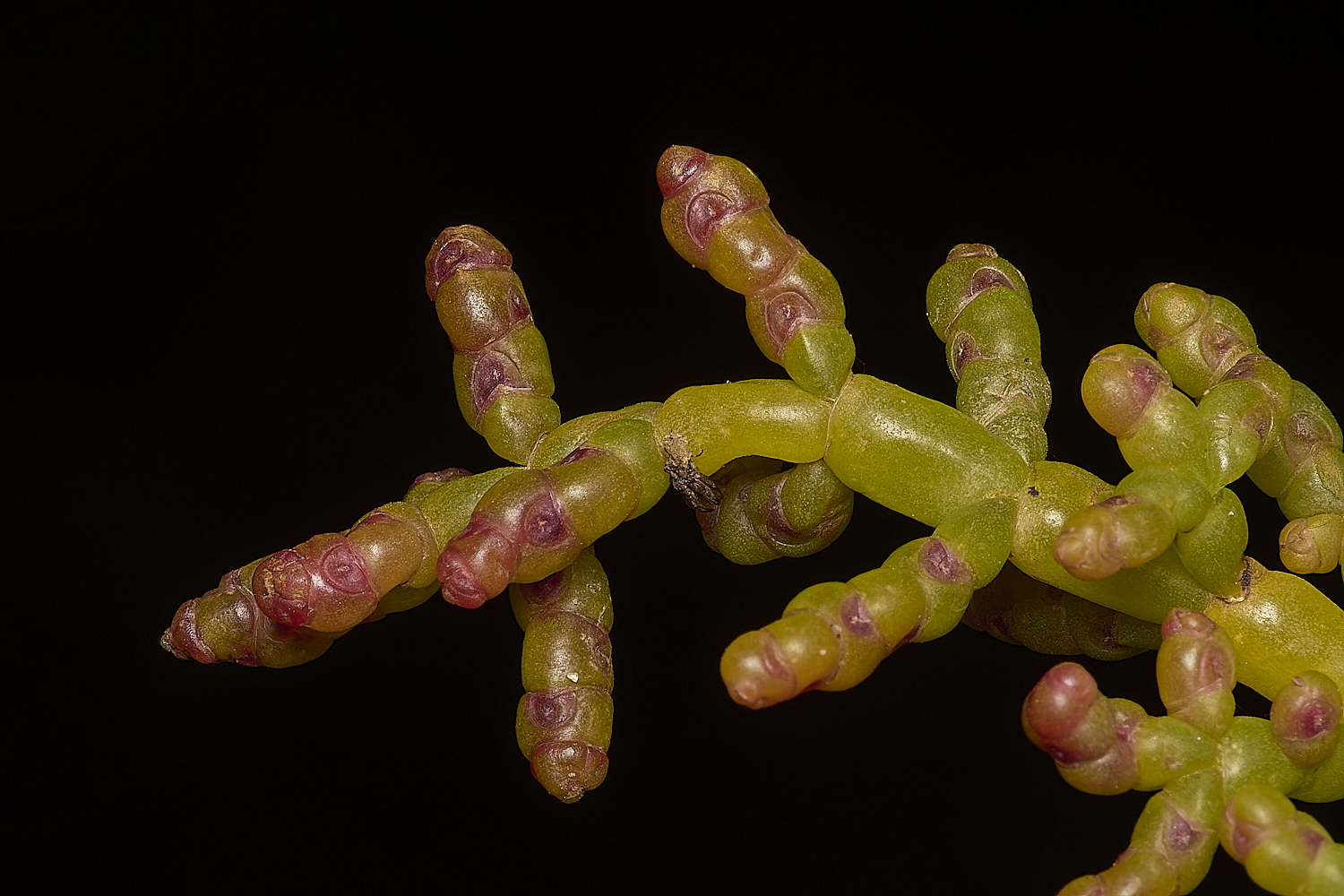
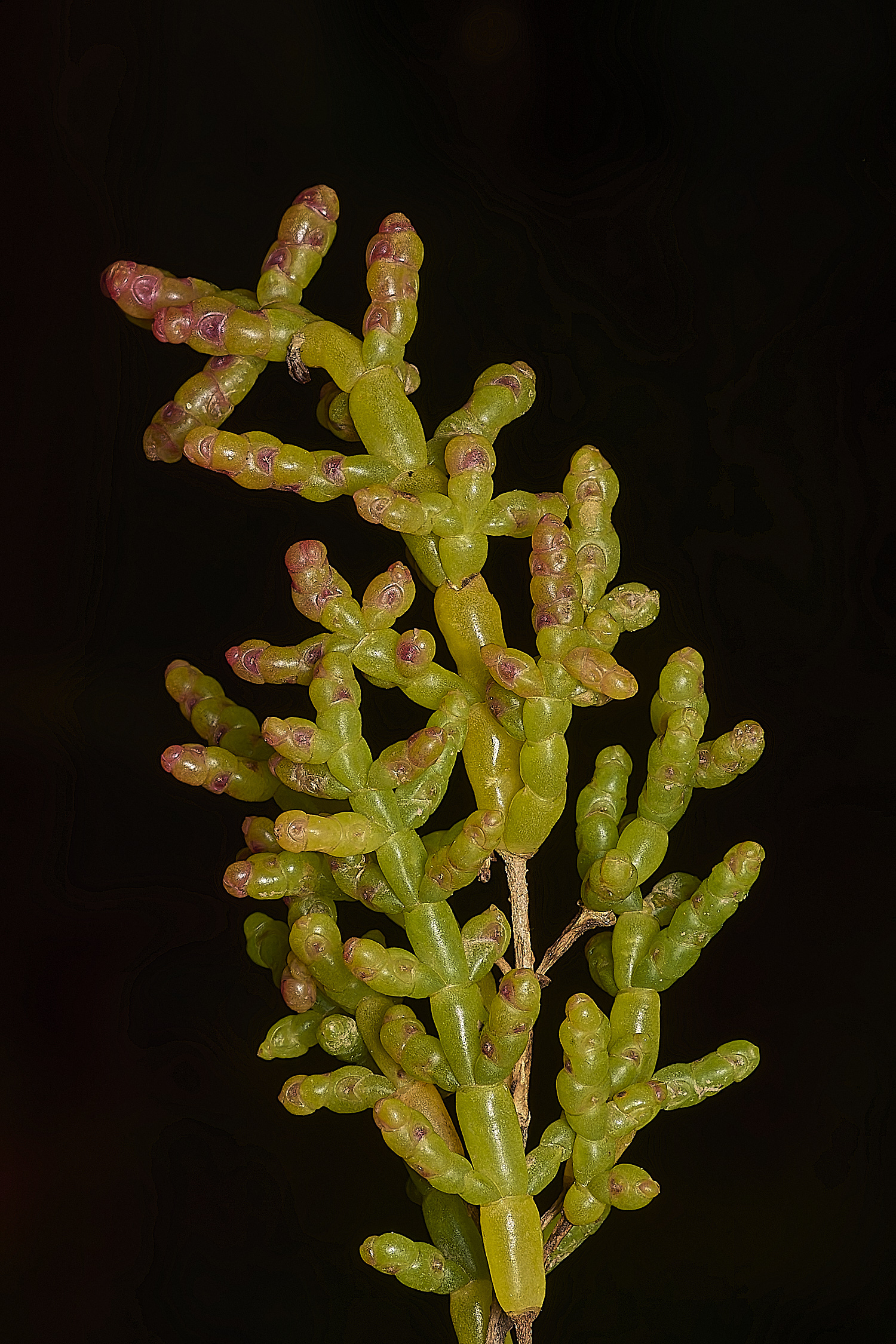
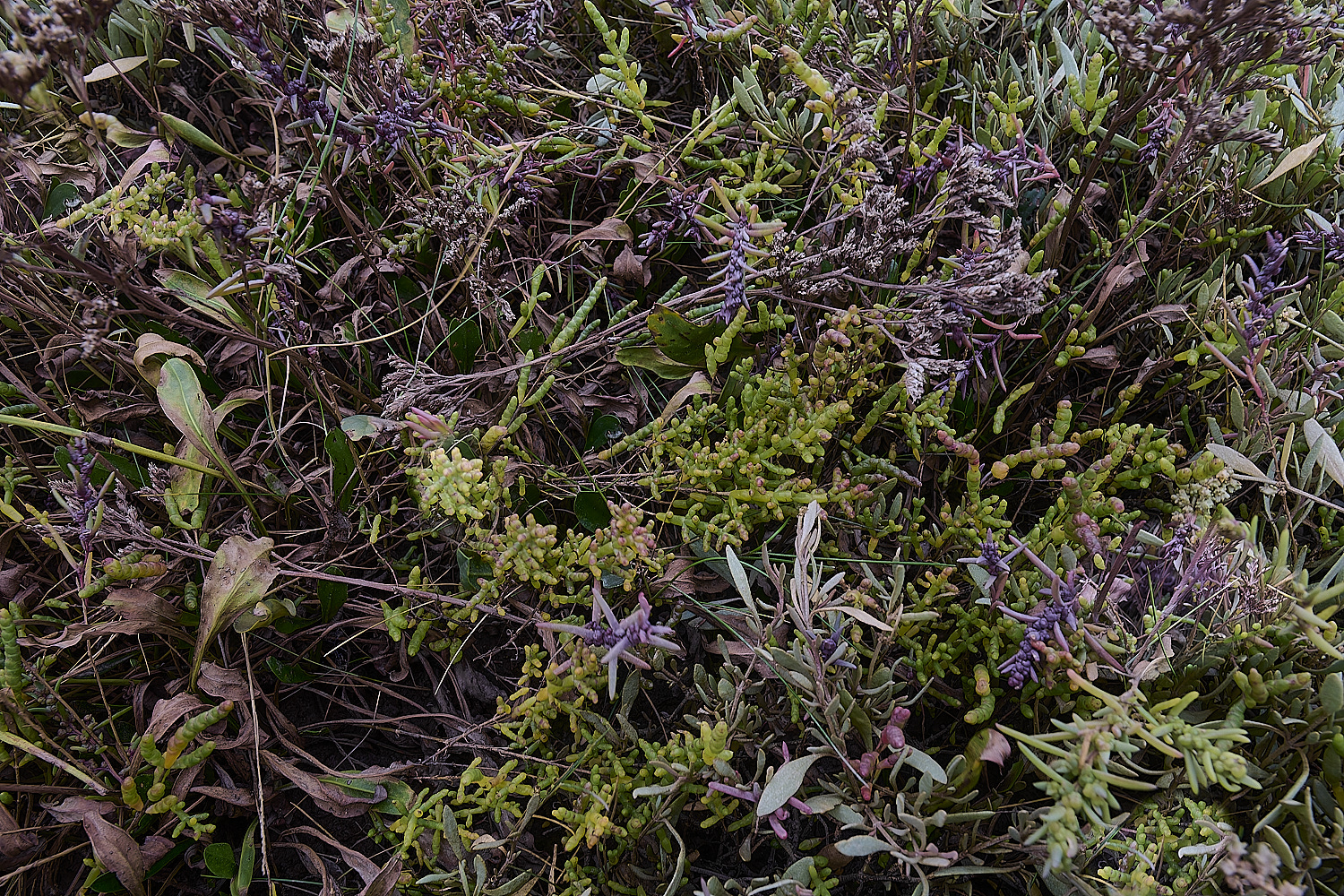
One-flowered Glasswort (Salicornia disarticula)
One could almost say the easiest one to recognise, which was quite a relief.
Stands out well in amongst other species.
Hybrid Glasswort (Salicornia x marshallii)
From the Wildflower Society
A guide to identification of Glassworts in the British Isles
This one was really confusing. It is has segments with one, two flowers or three flowers.
Not easy to spot or be certain about. One to look for again.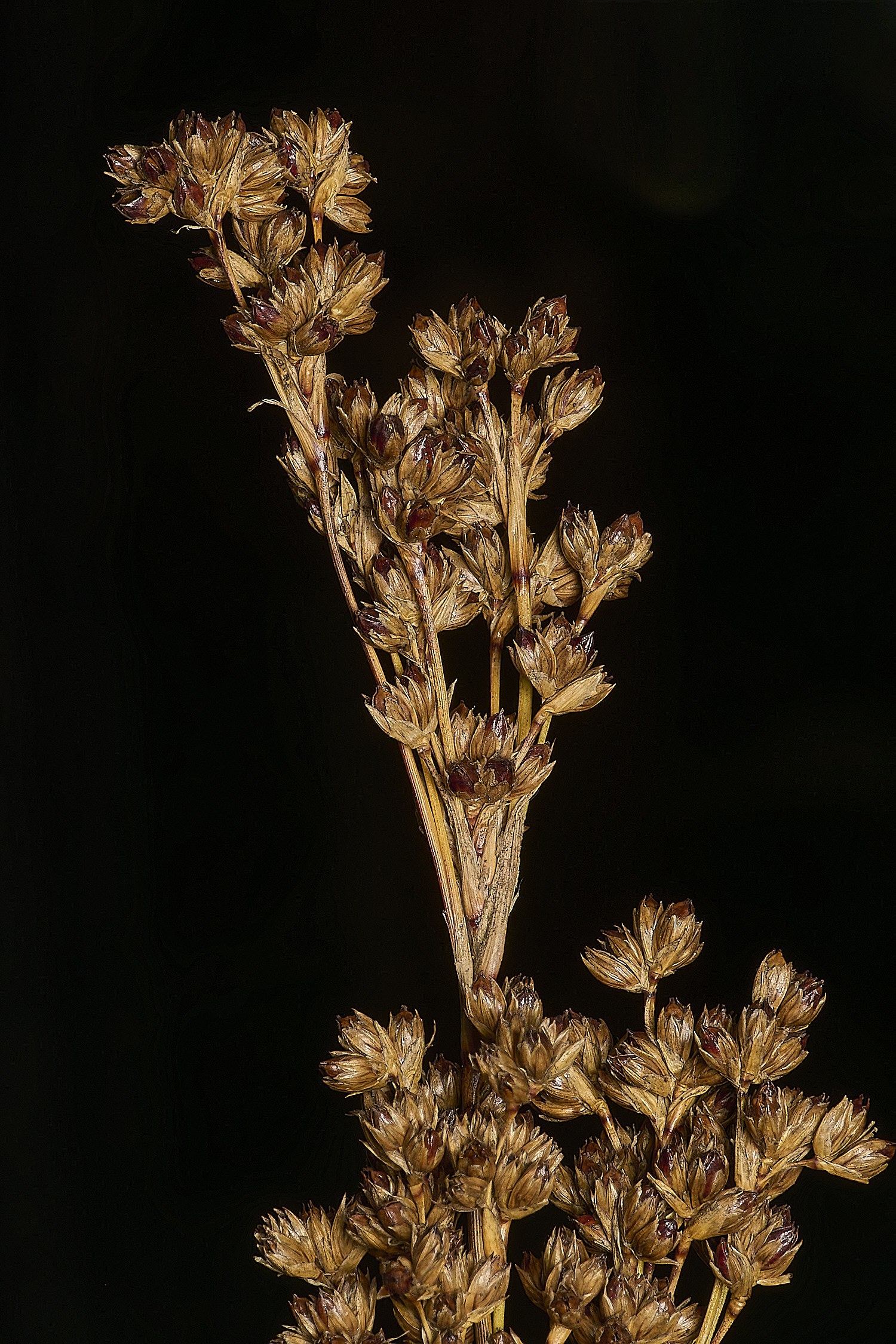
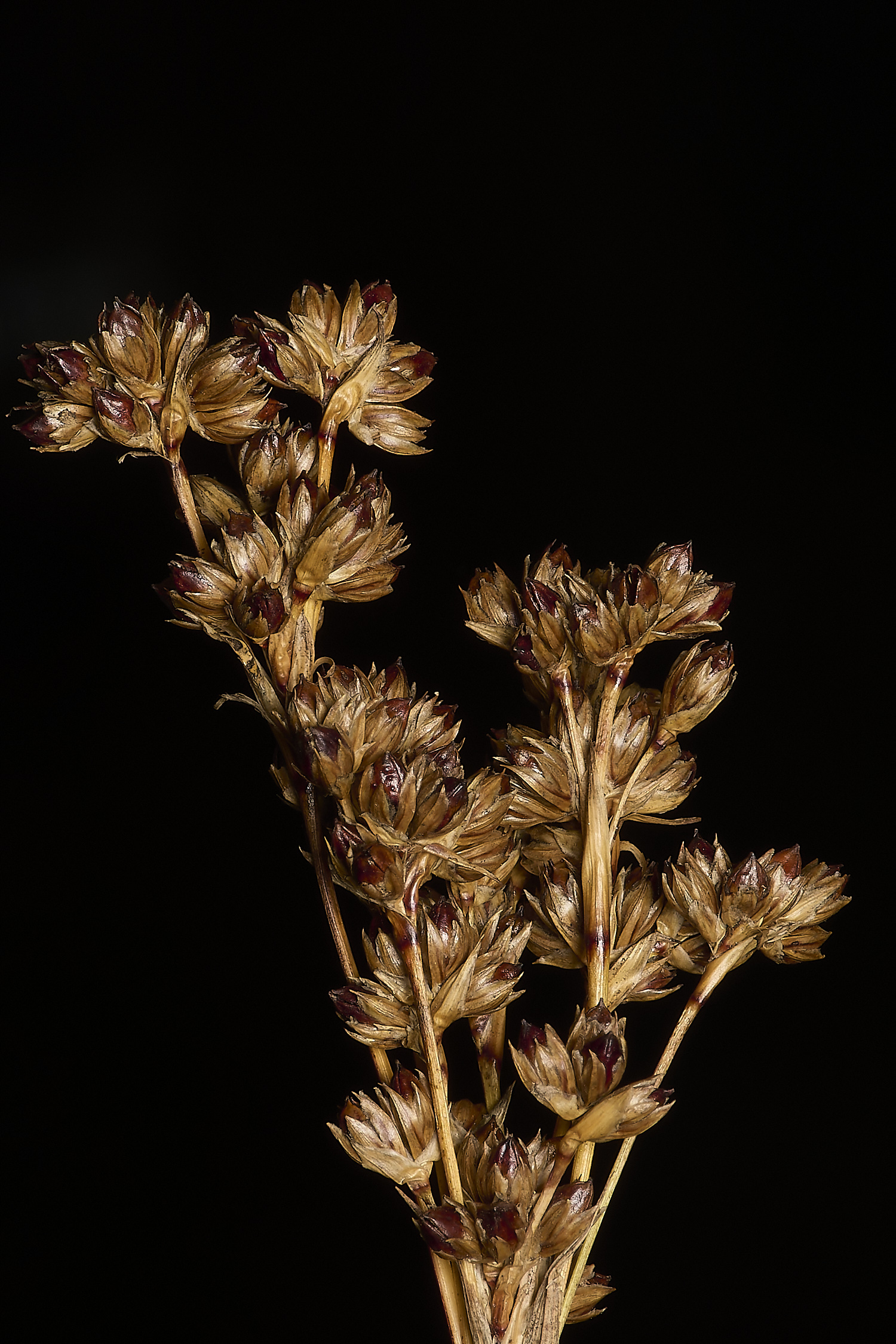
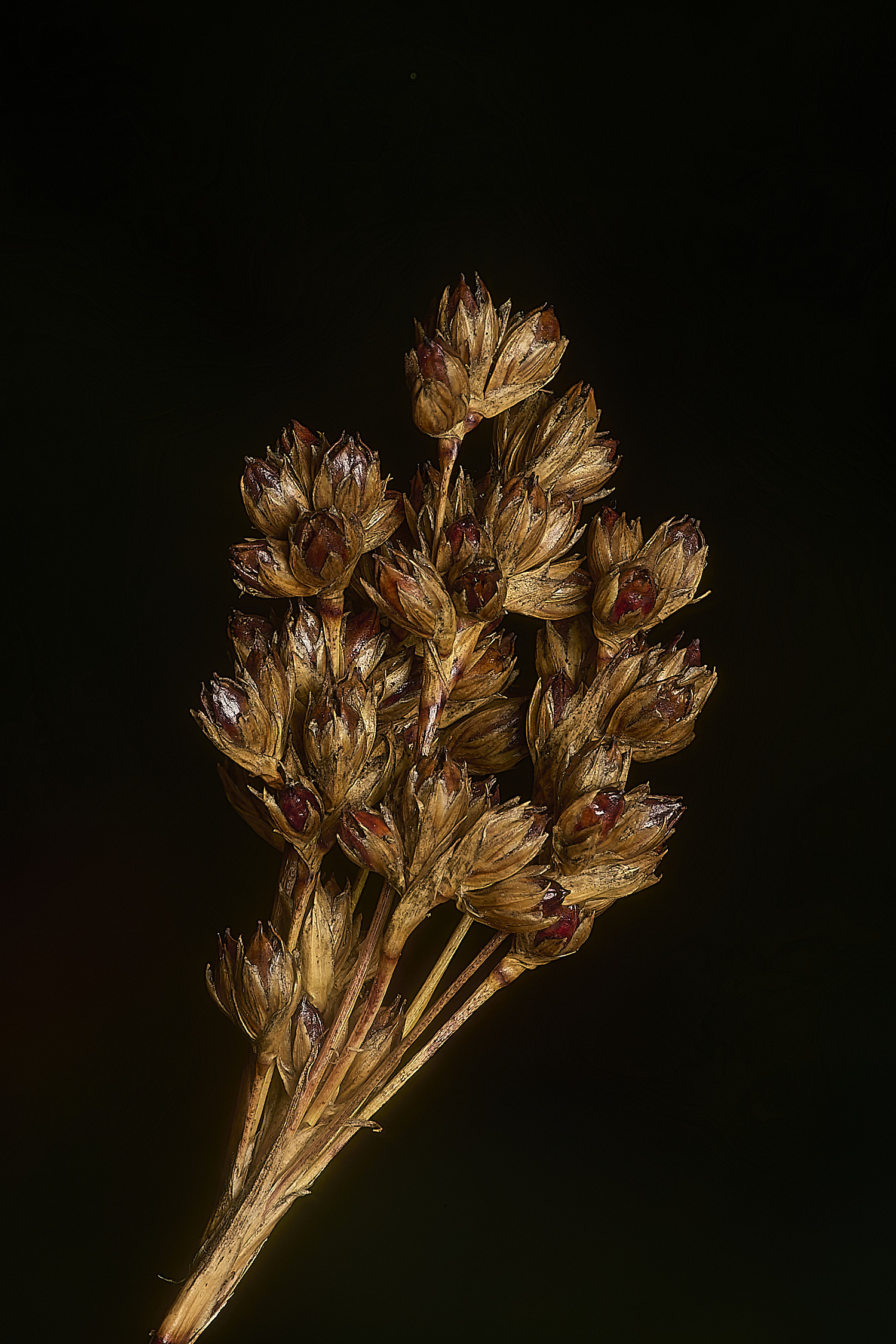
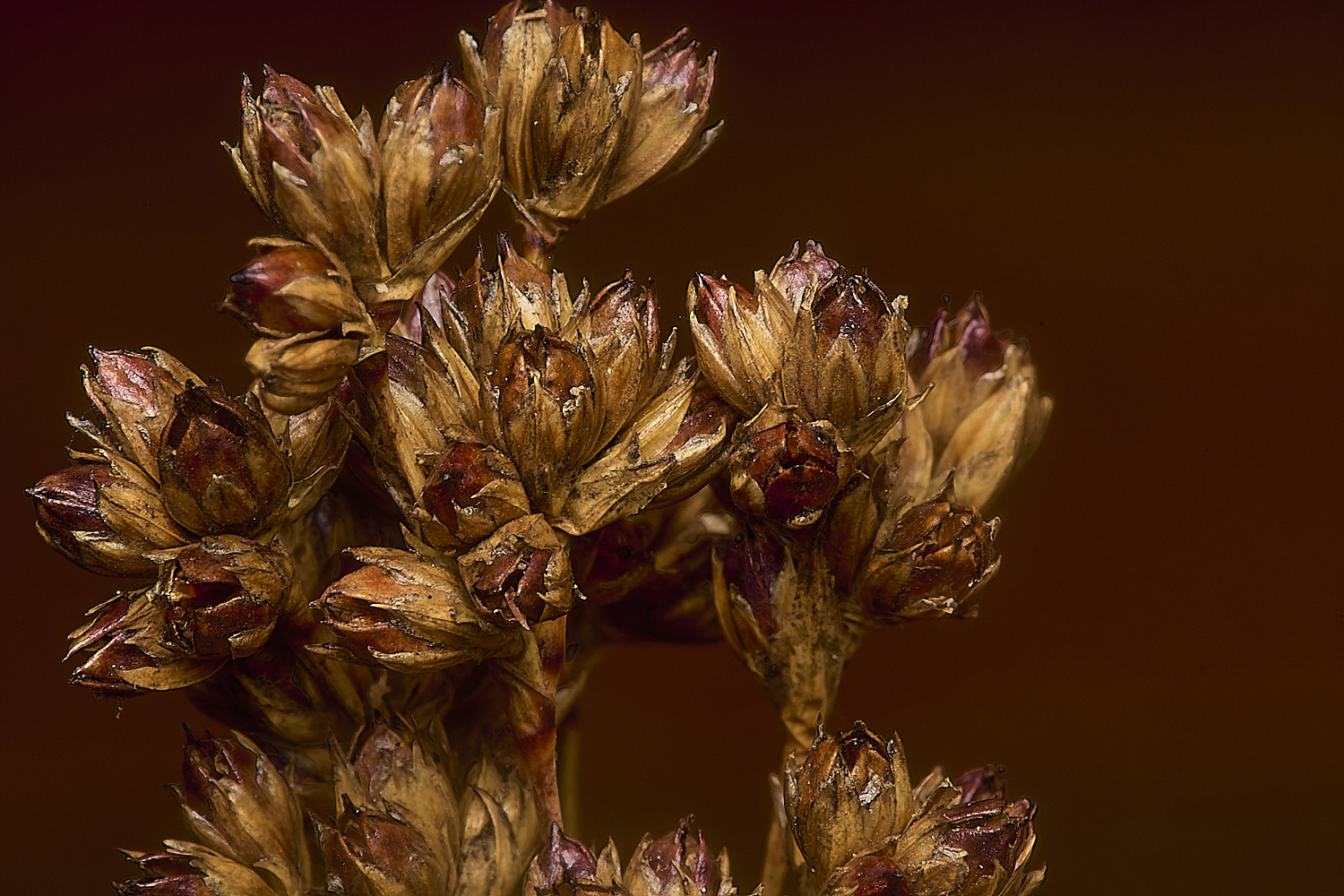

Saltmarsh Rush (Juncus gerardii)
If Glaucous glasswort was found I didn't see that one.
But a fascinating day none the less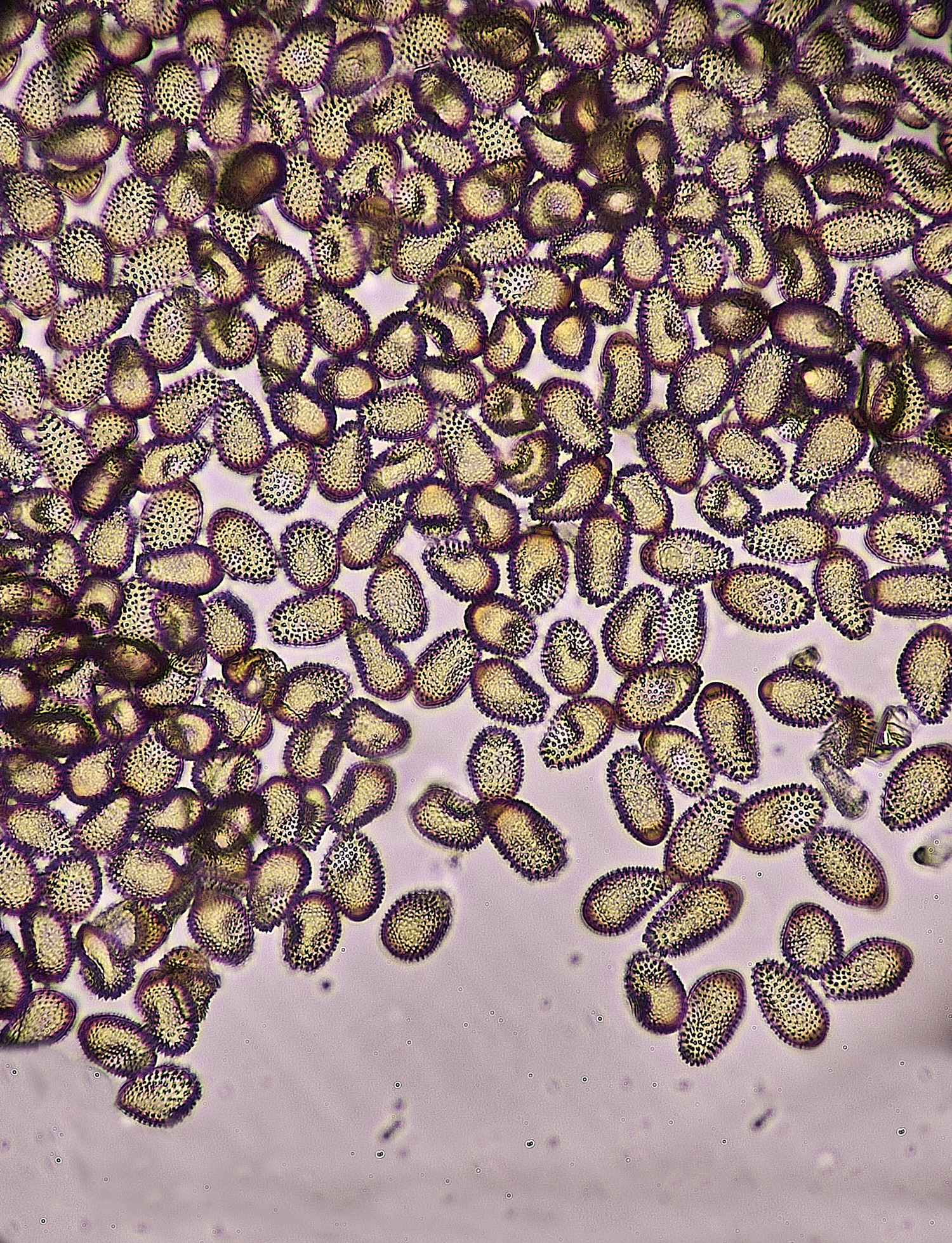
One last thing - a rust found on the underside of some Prunus domestica leaves.
